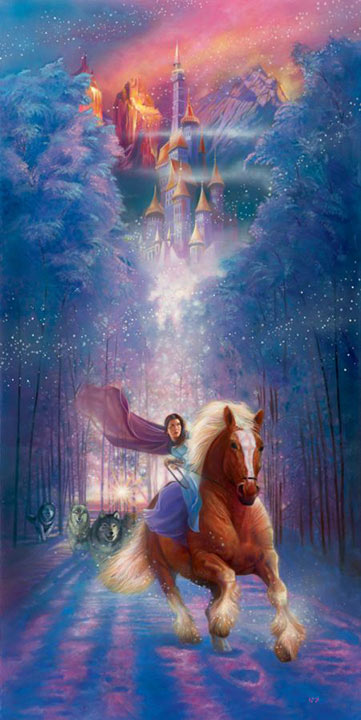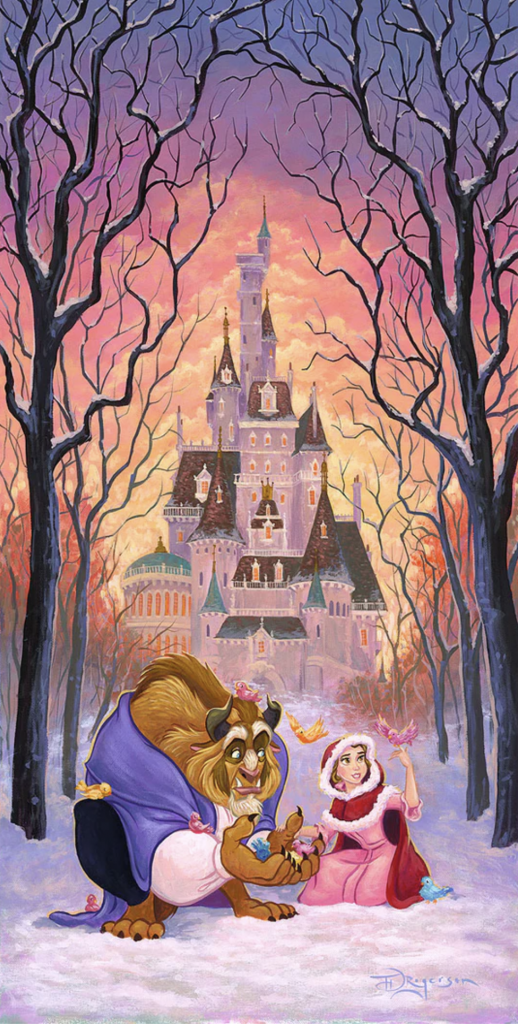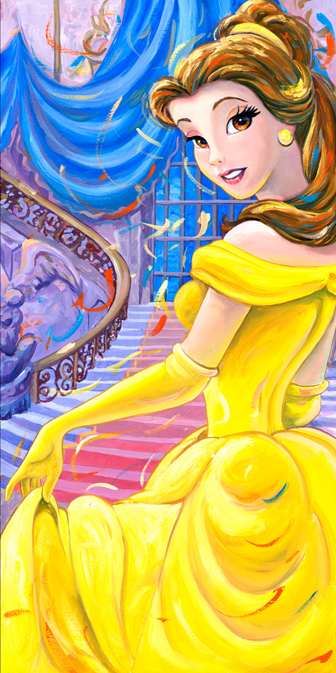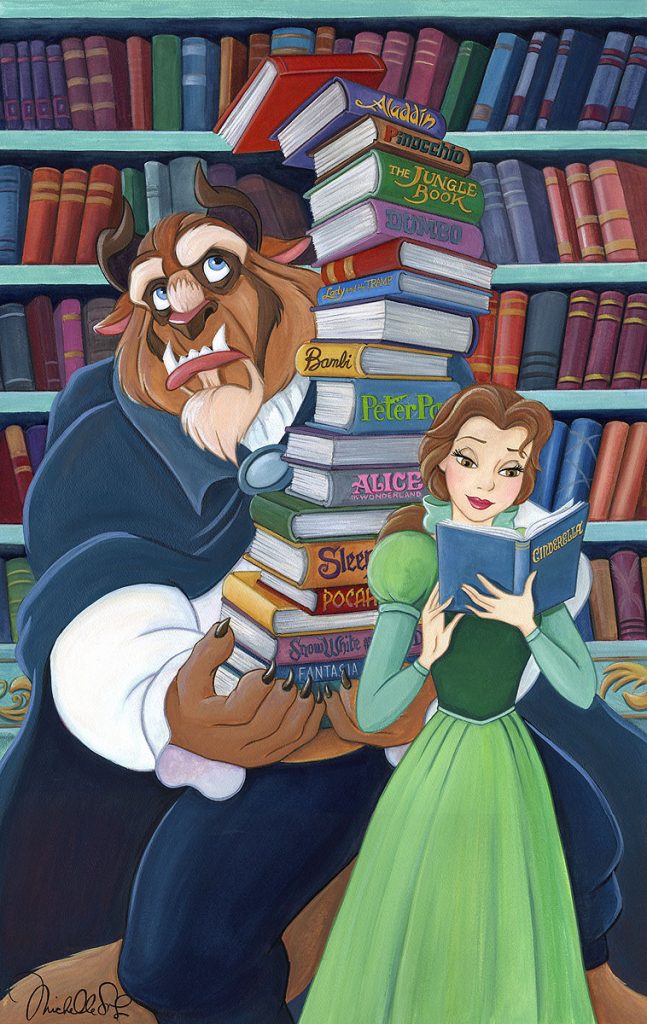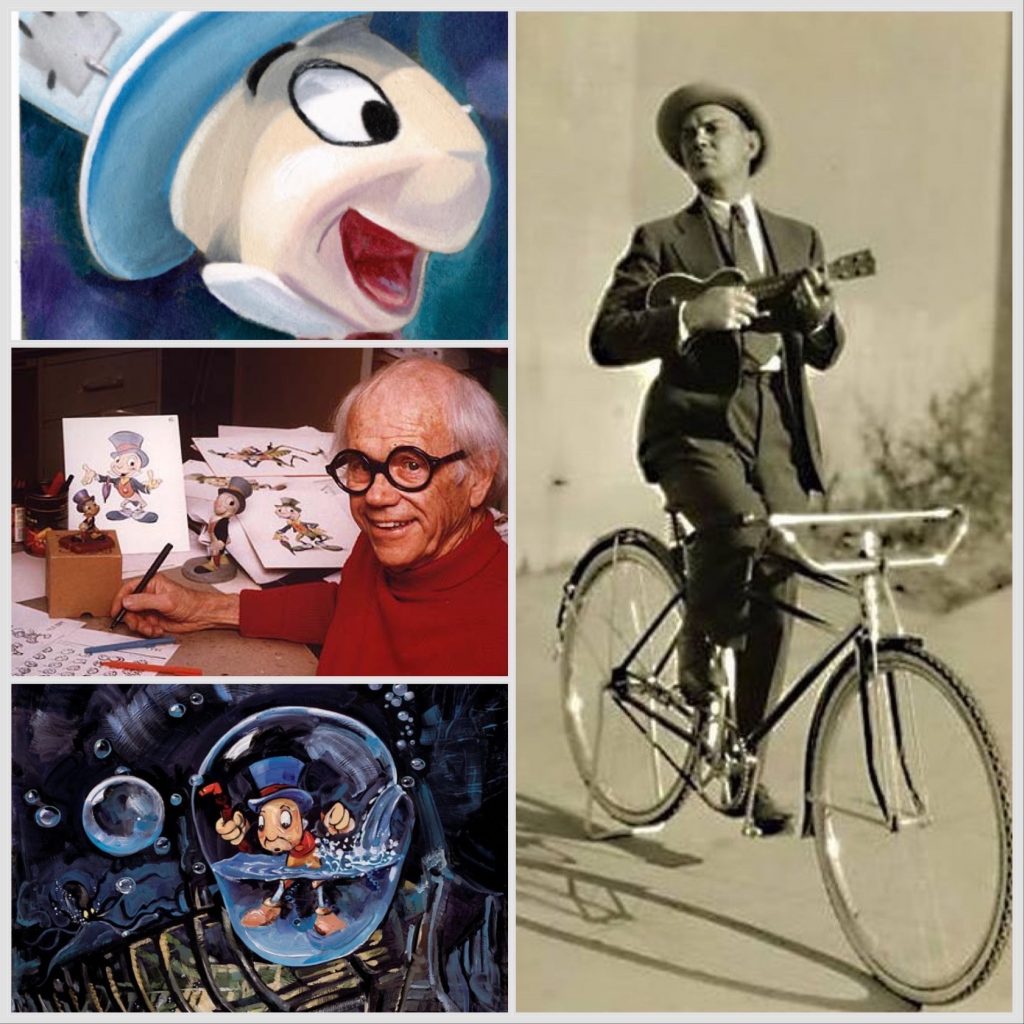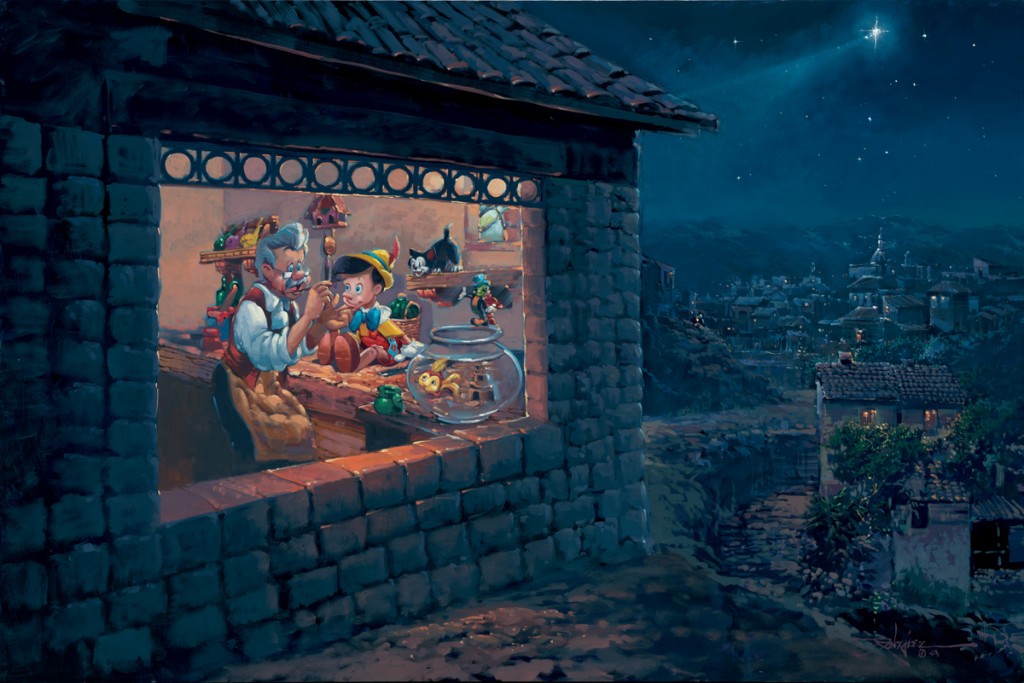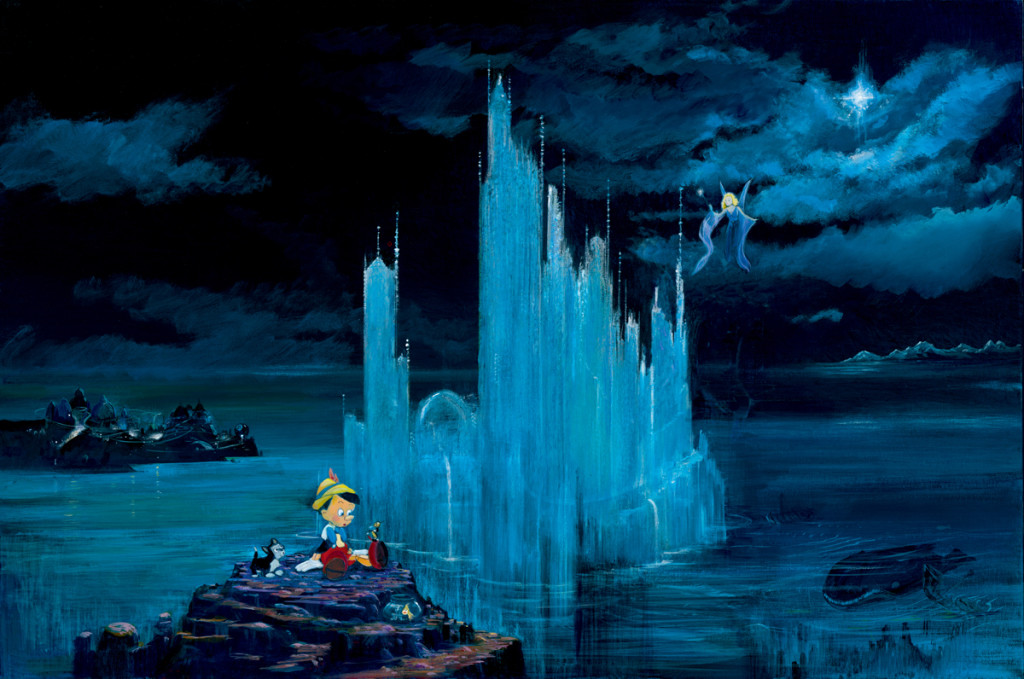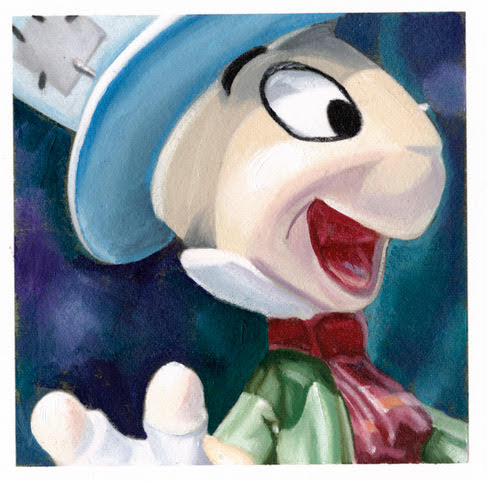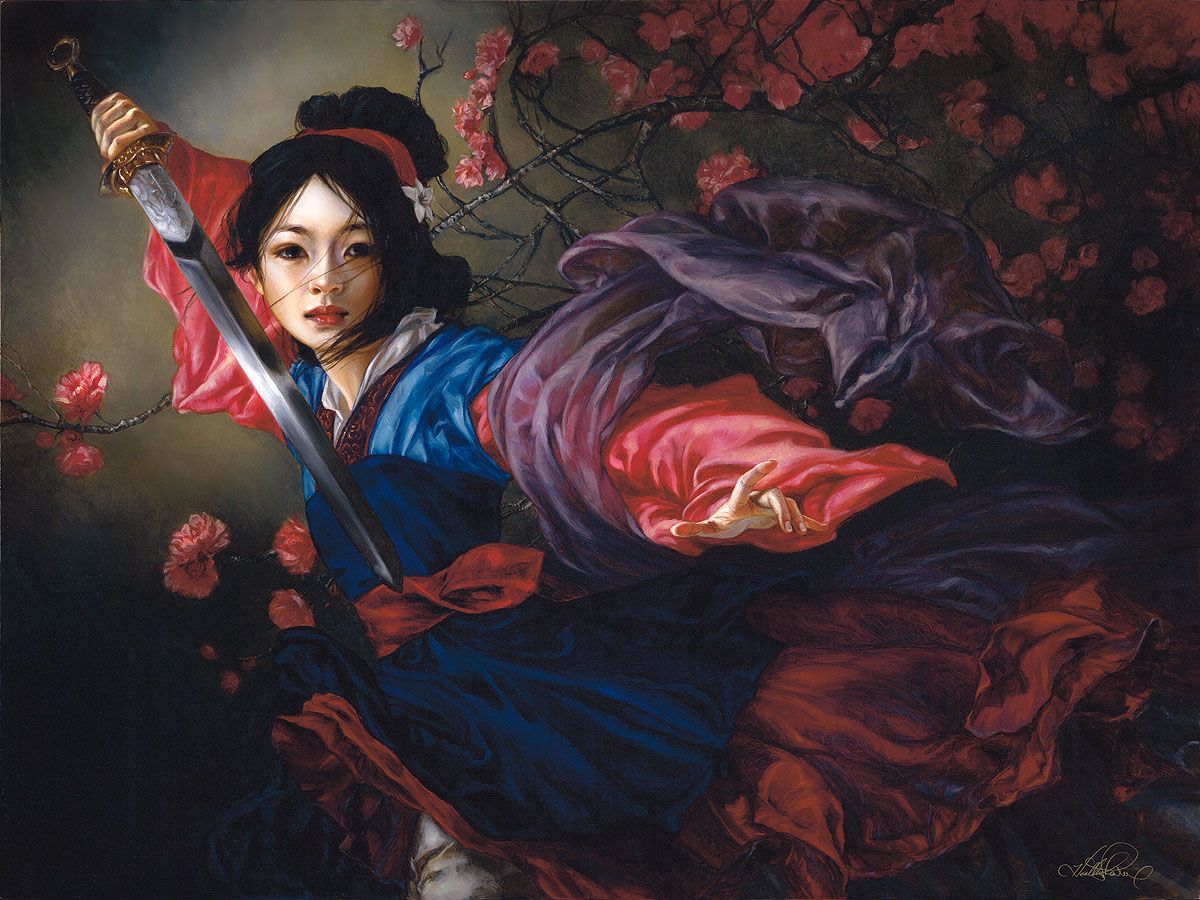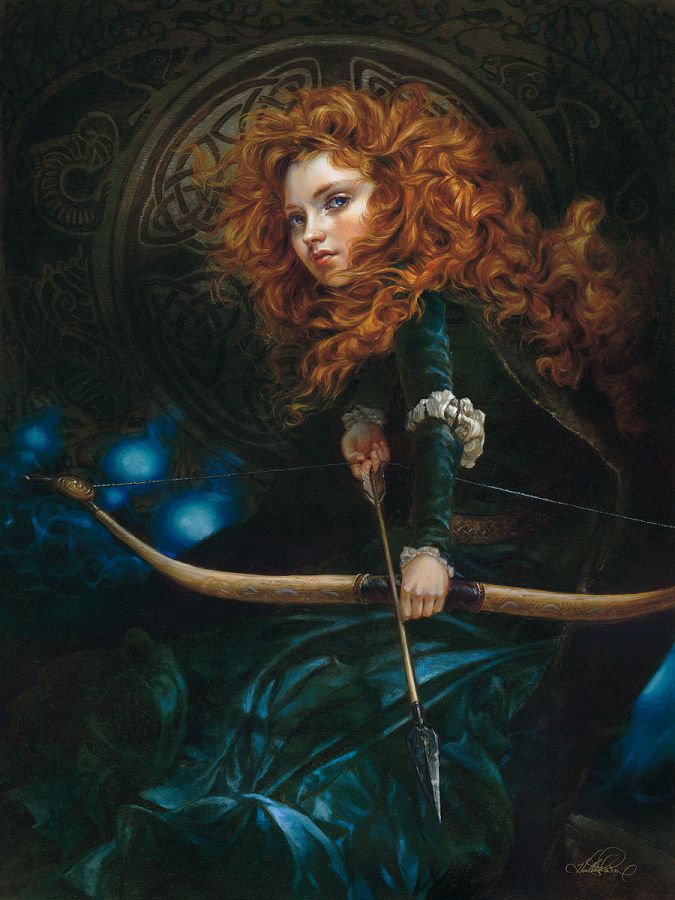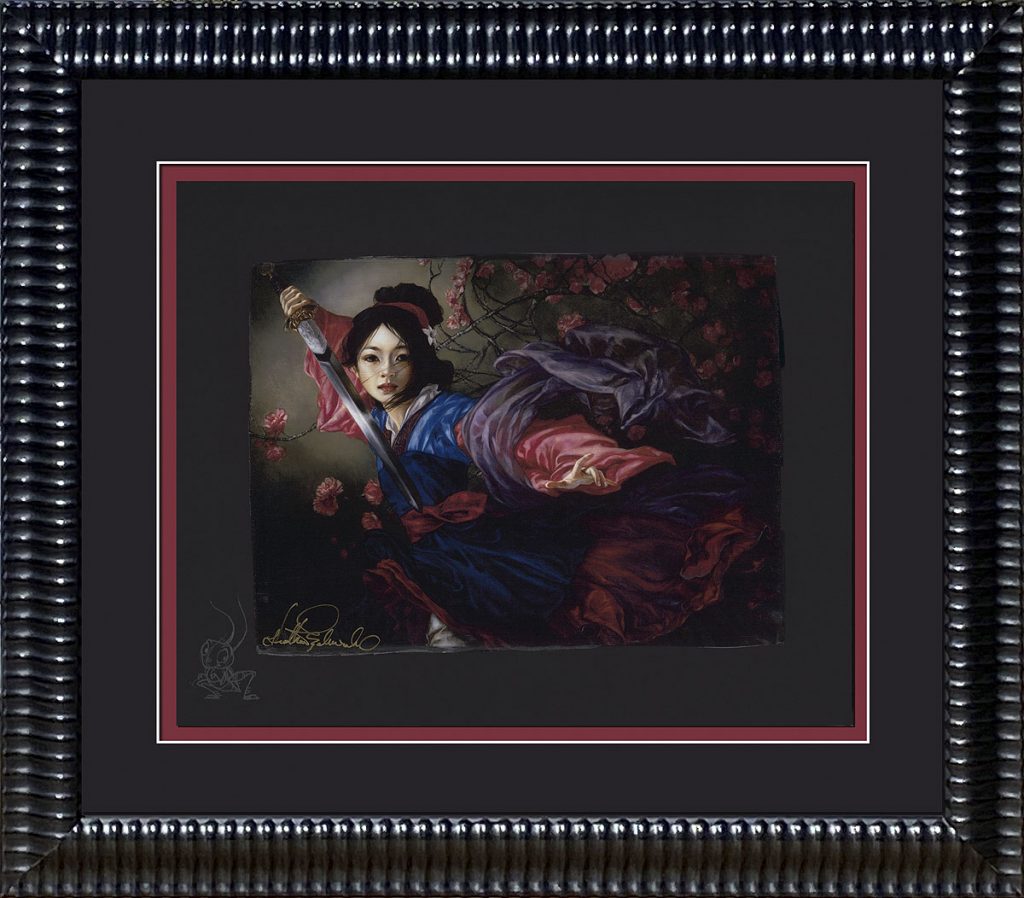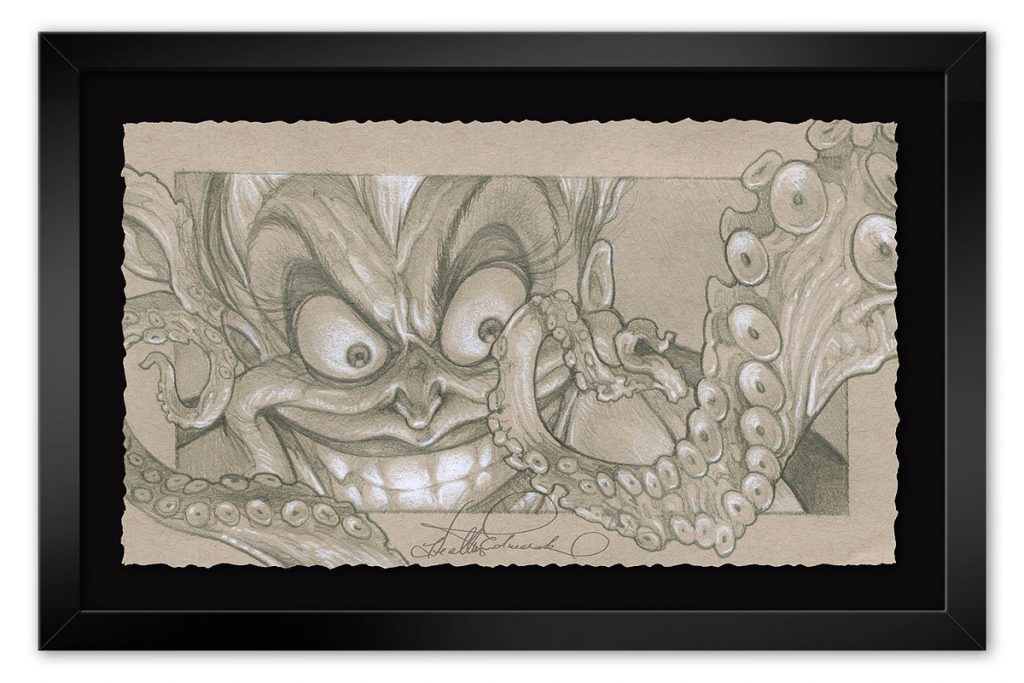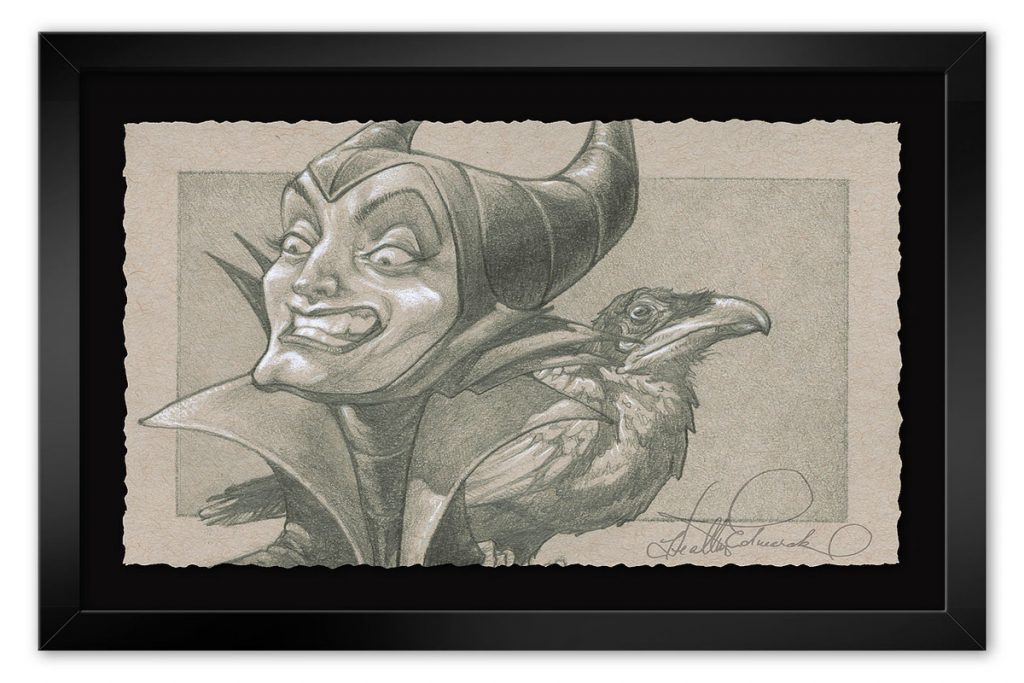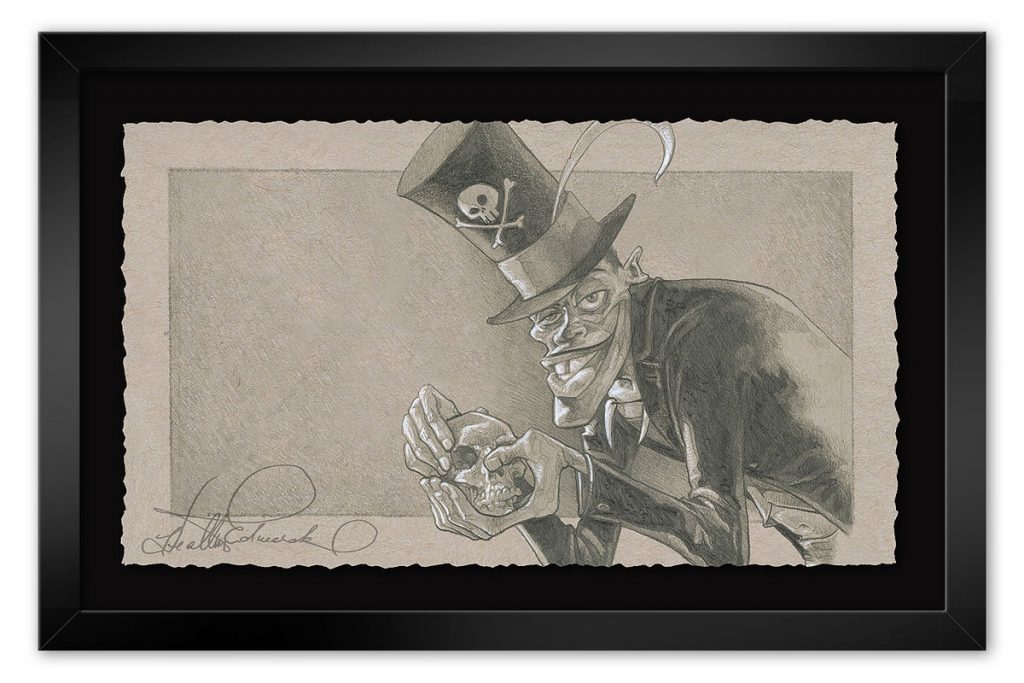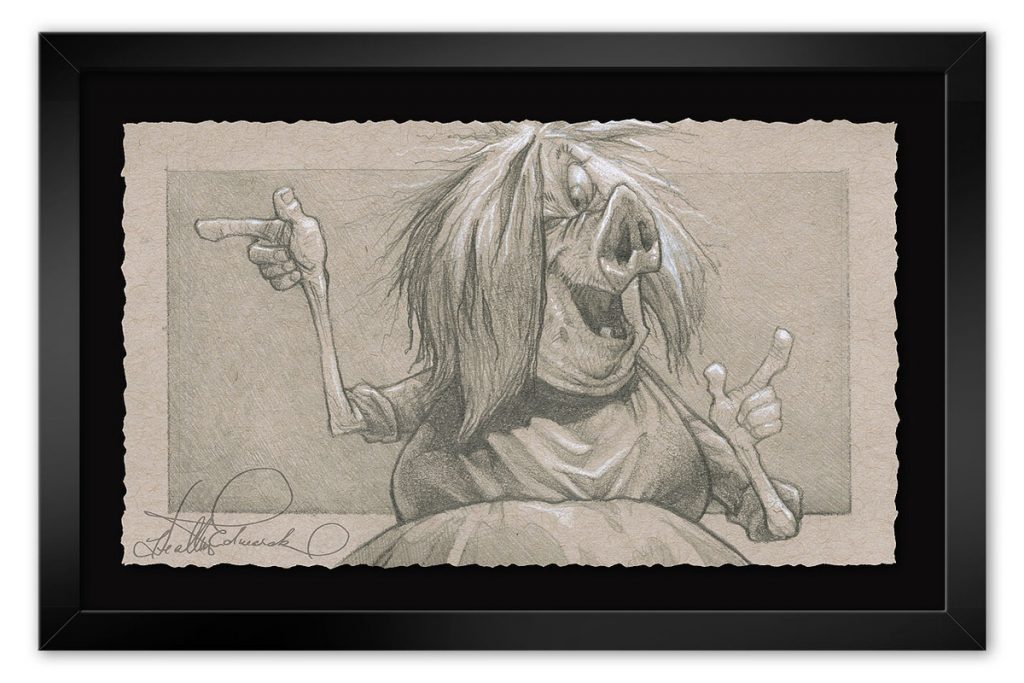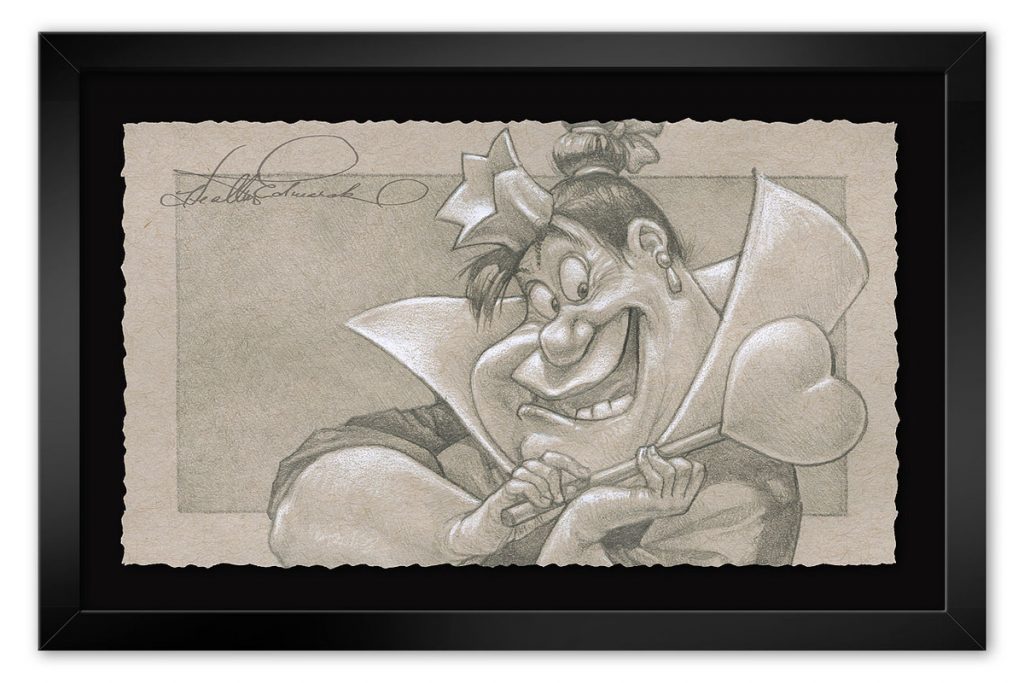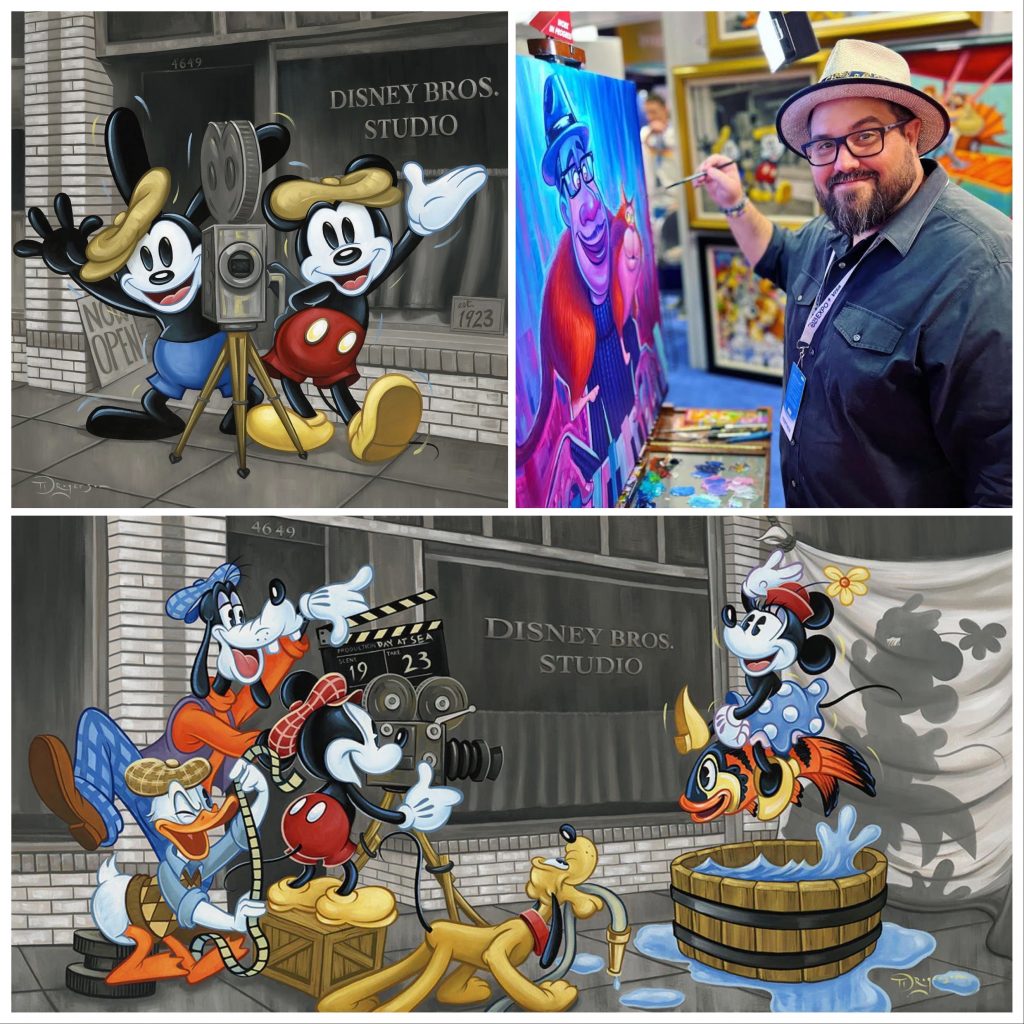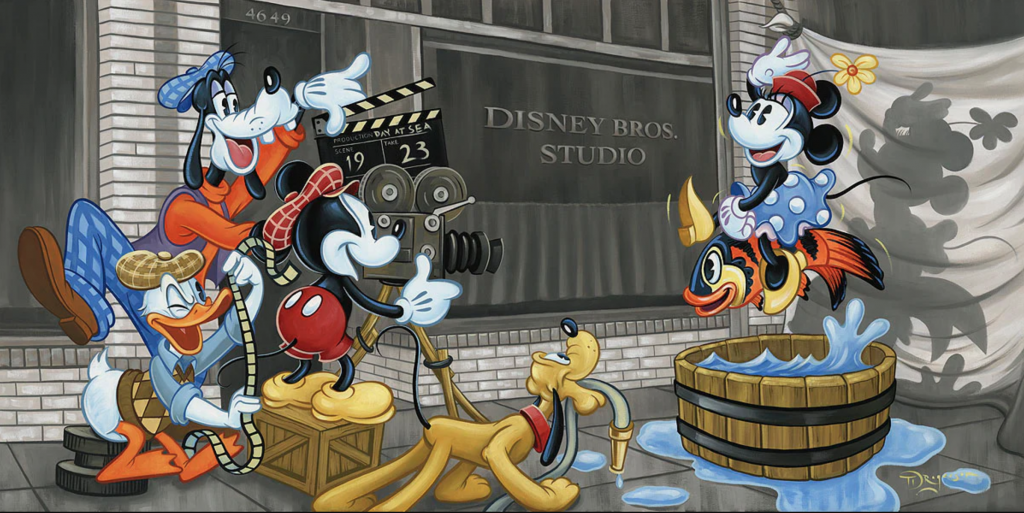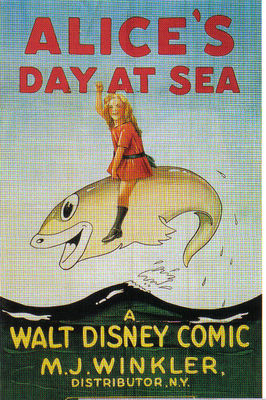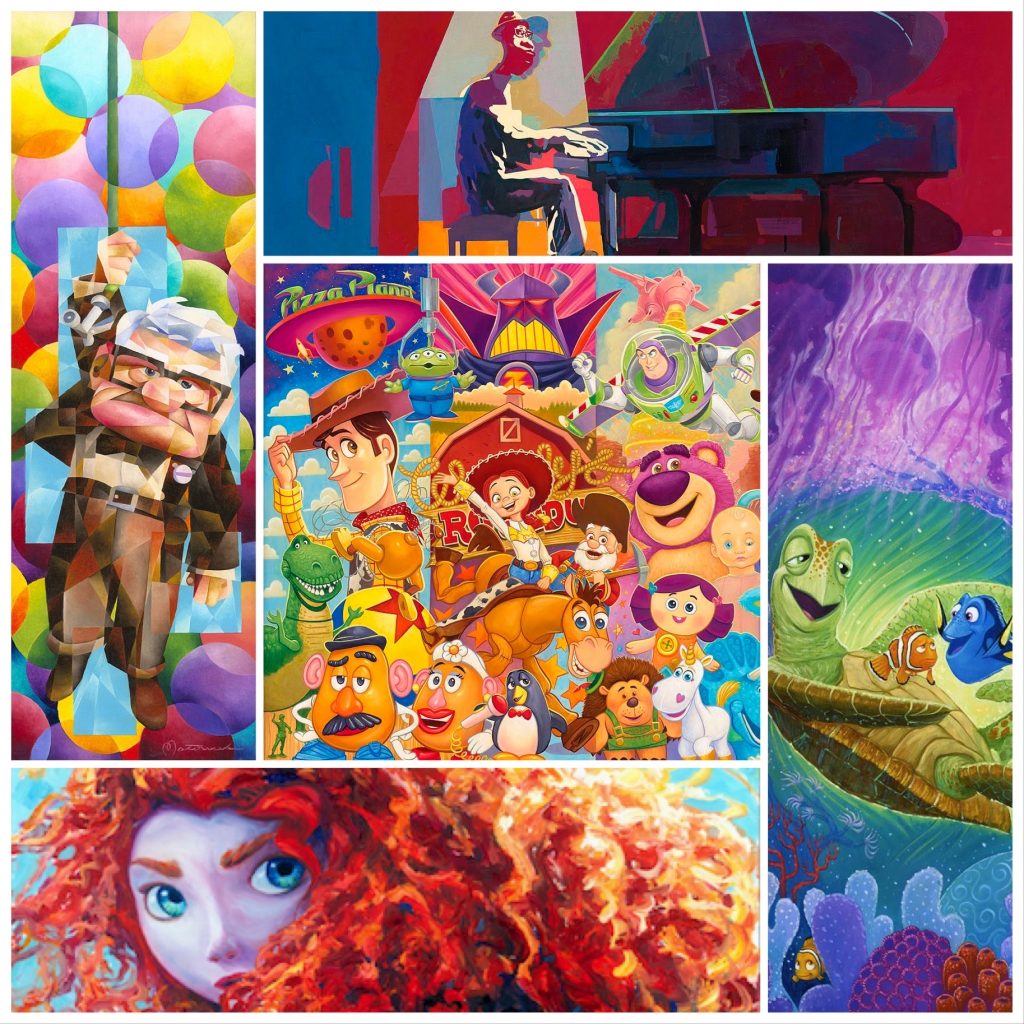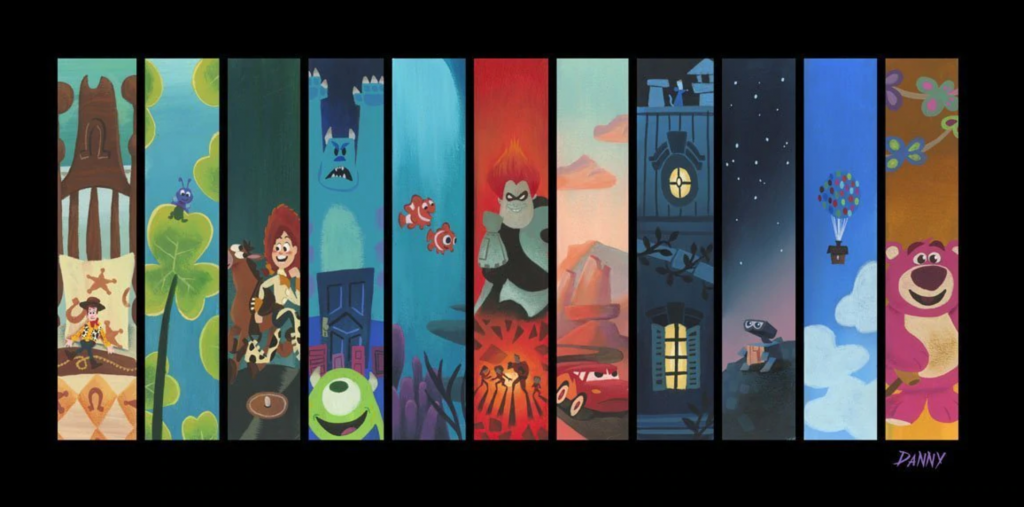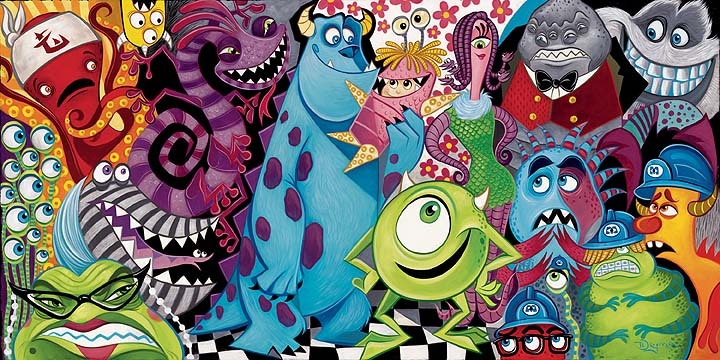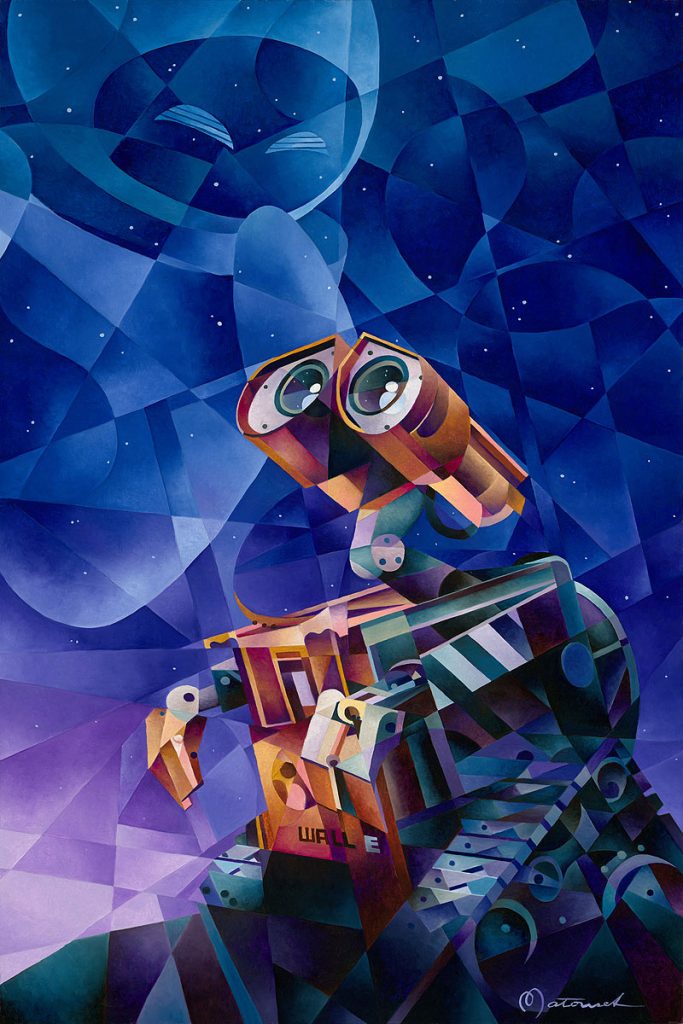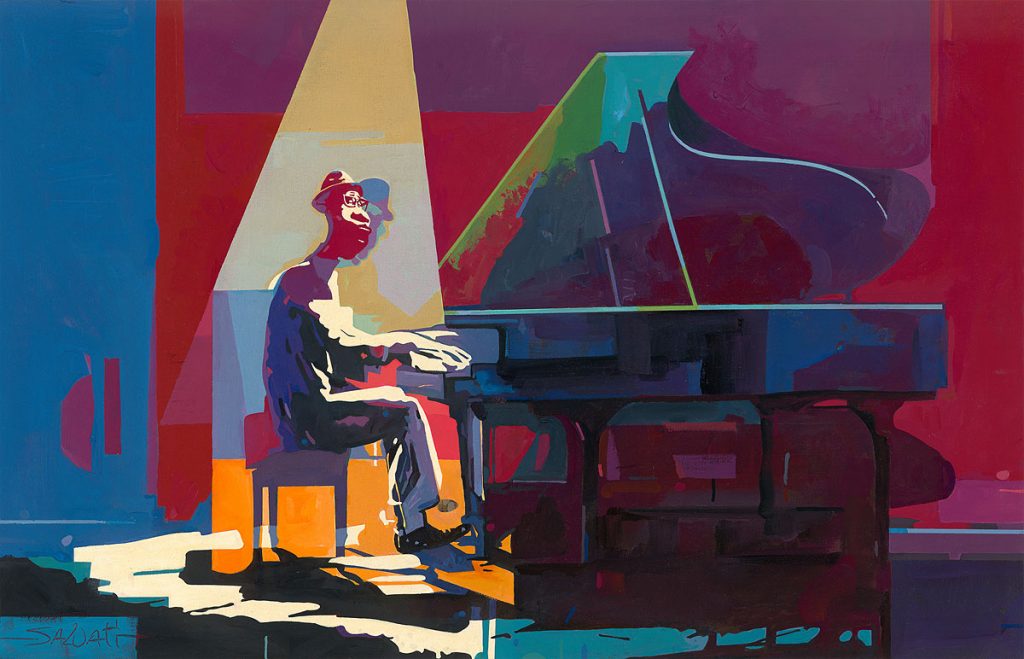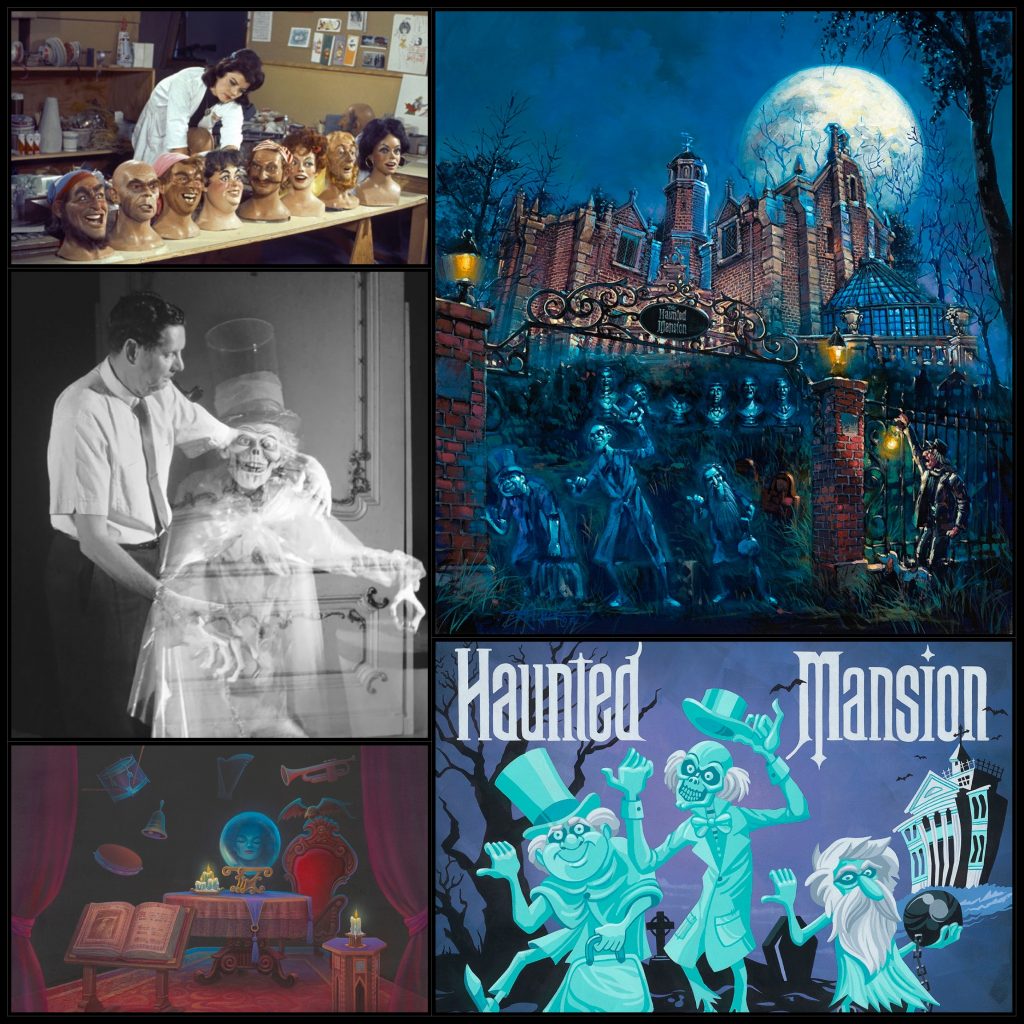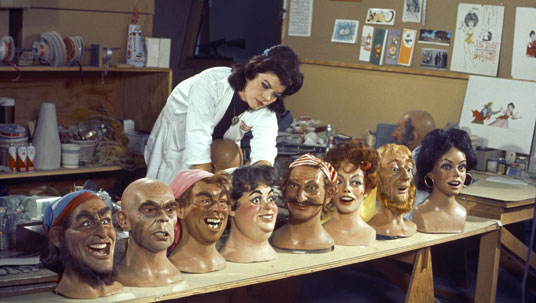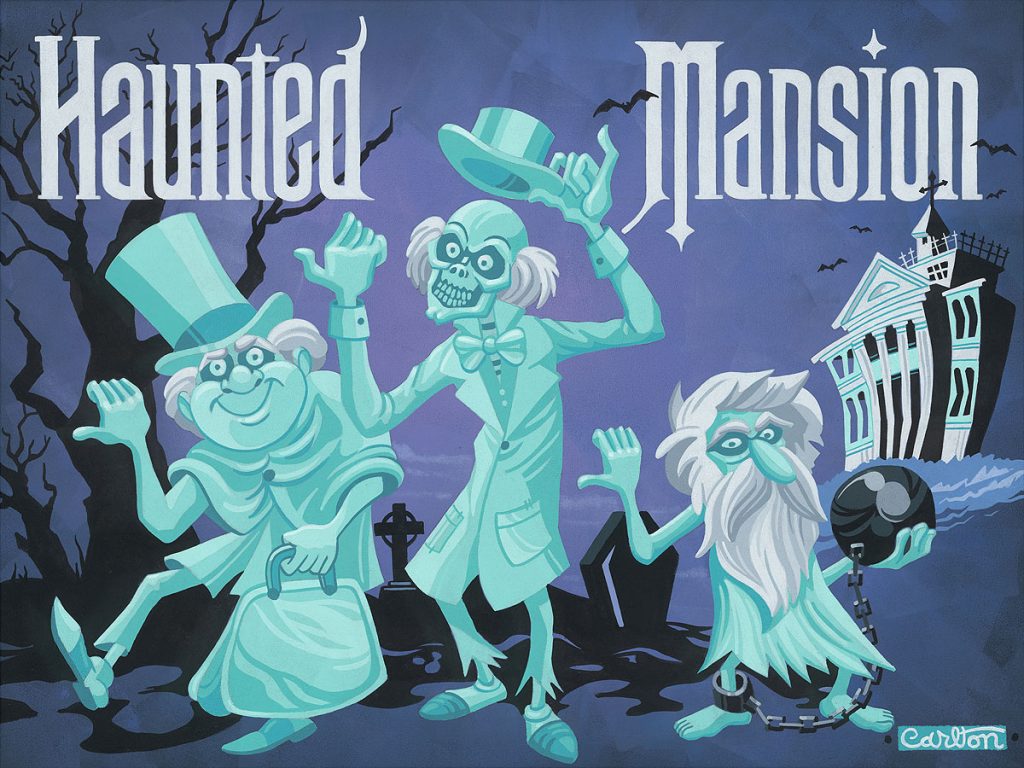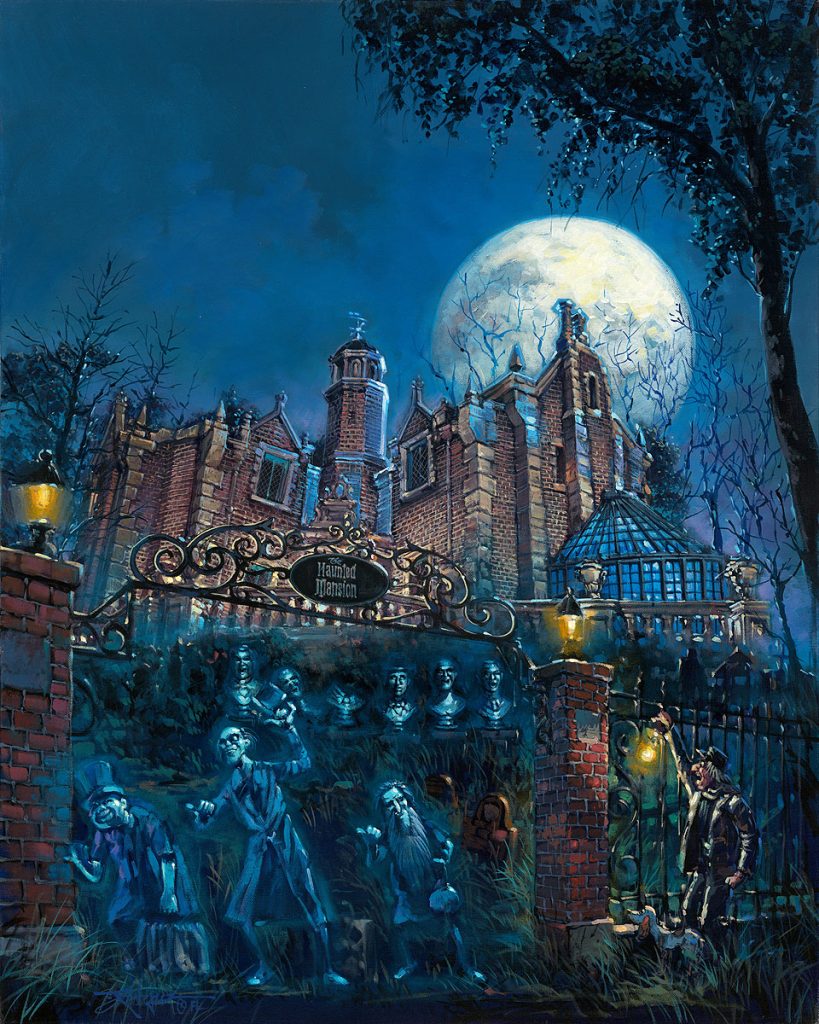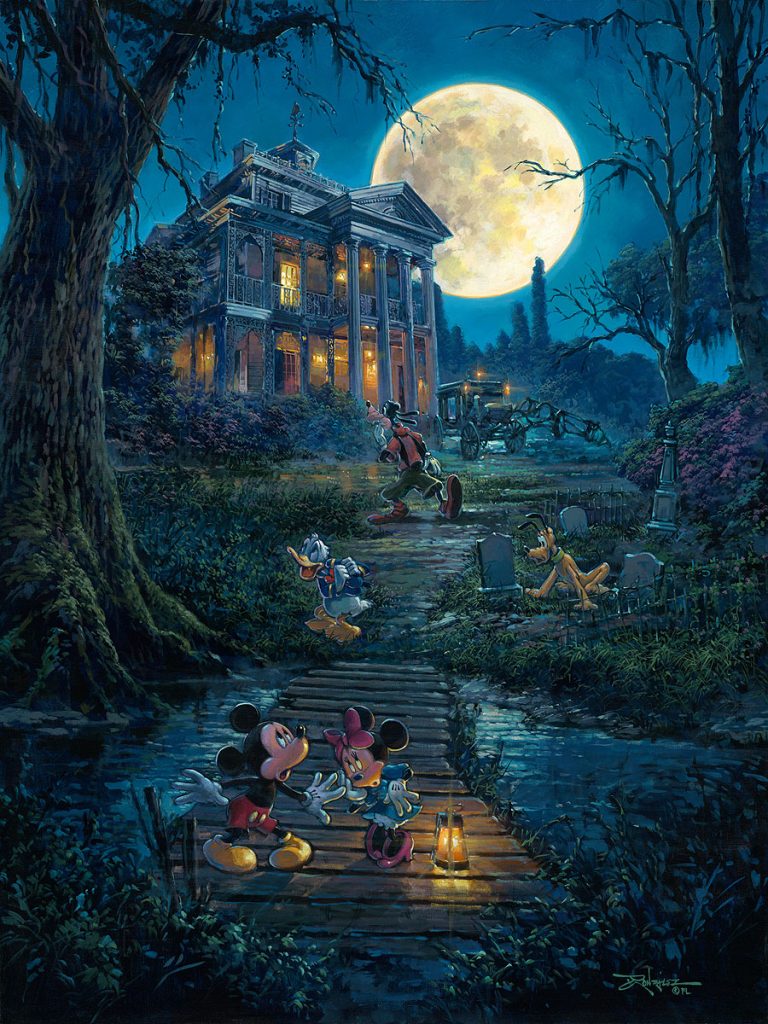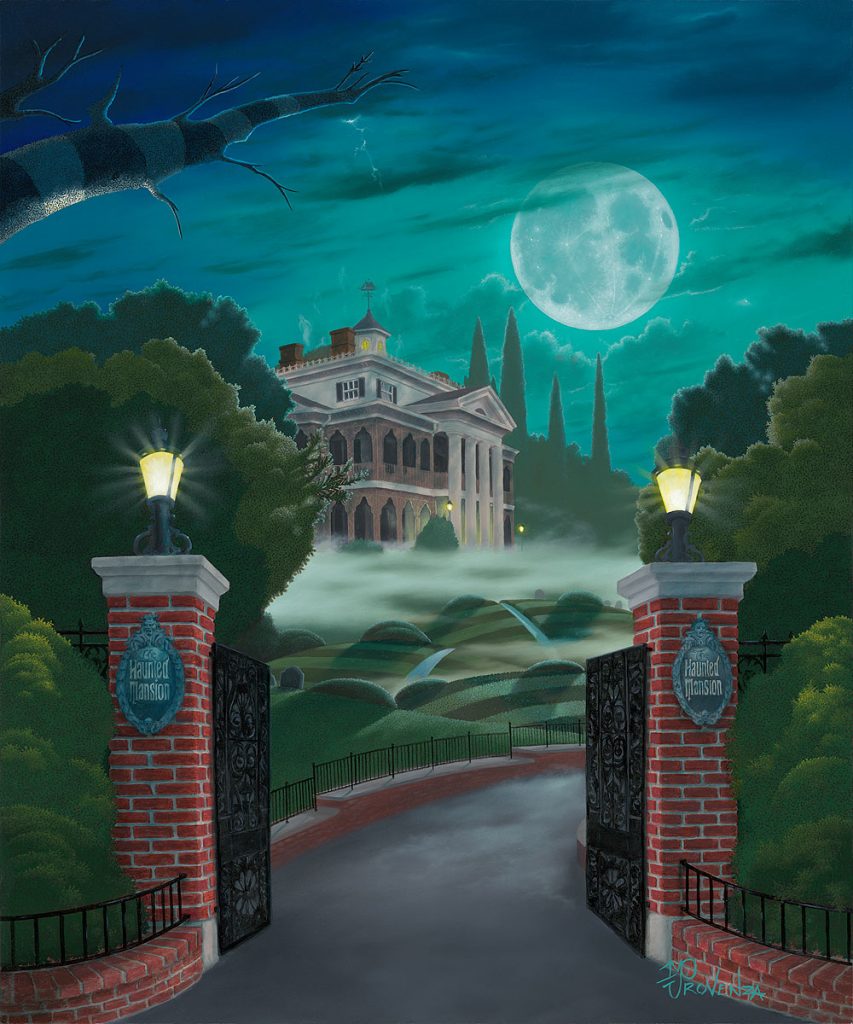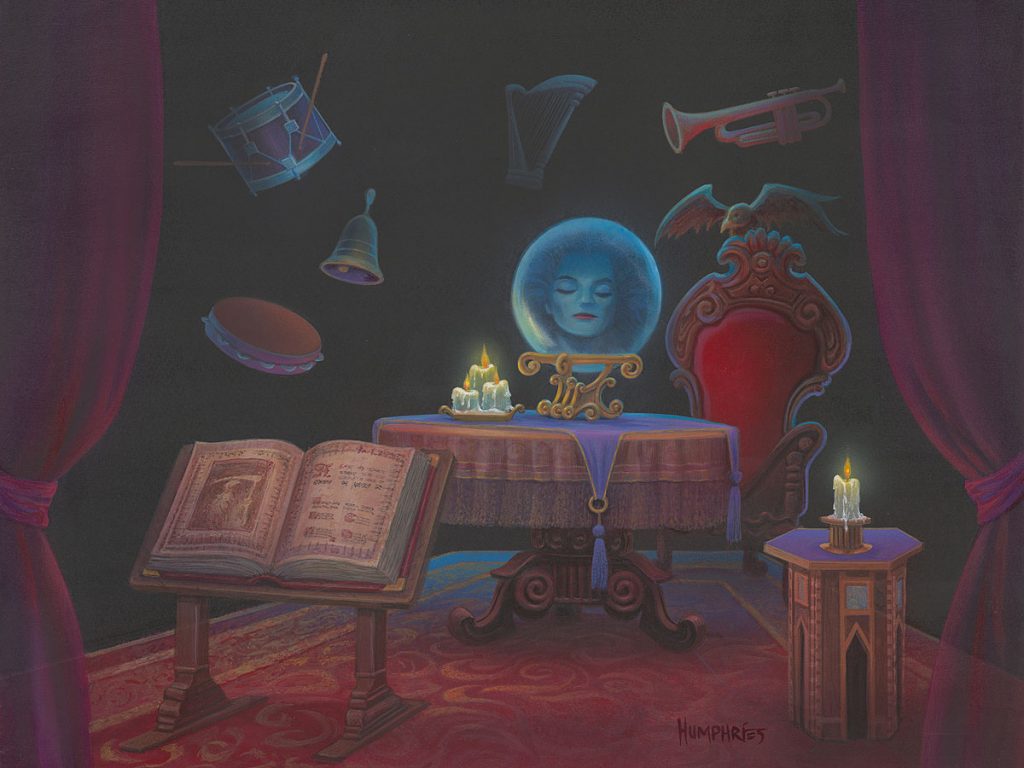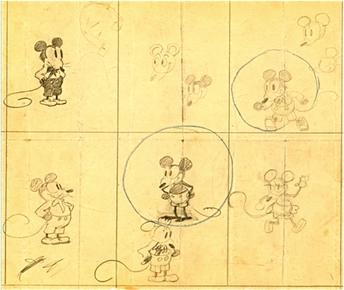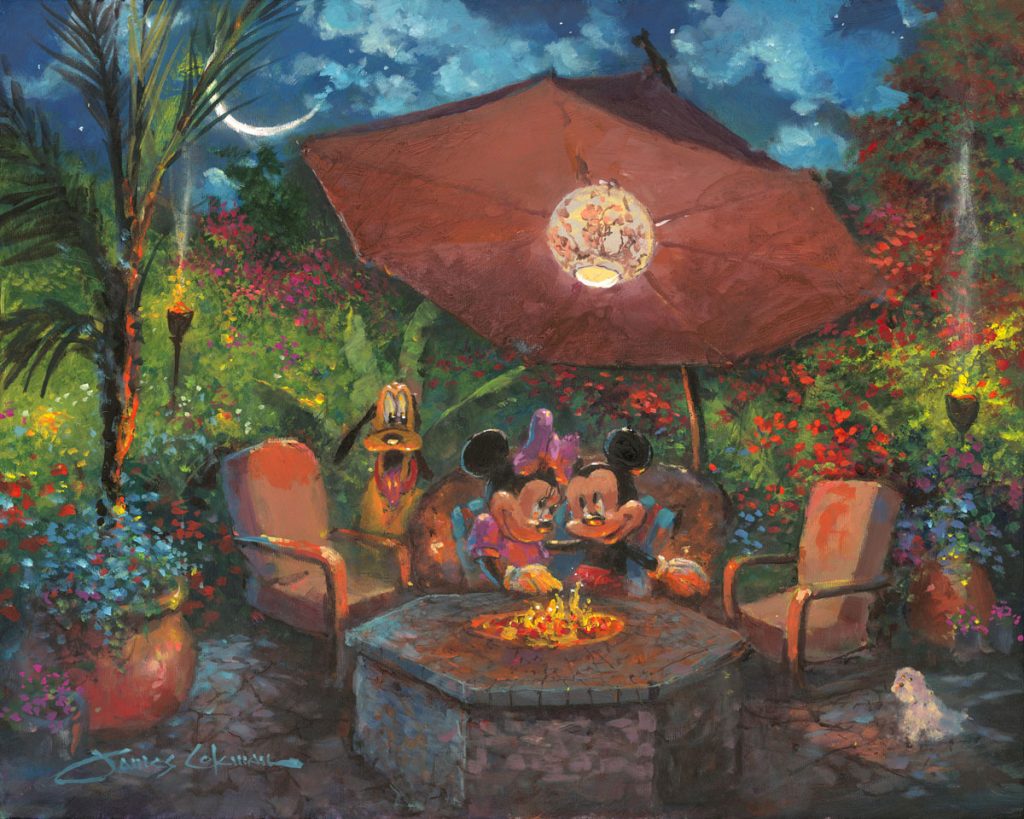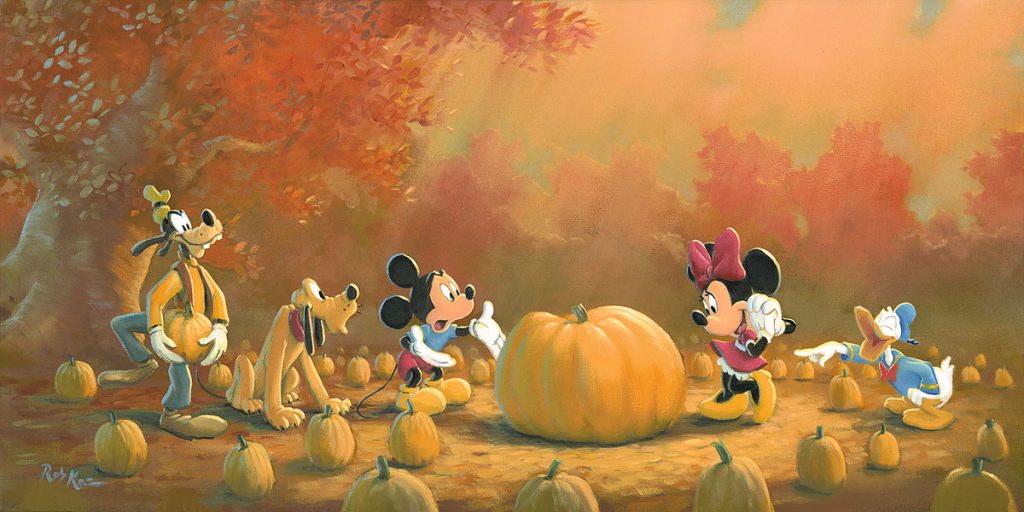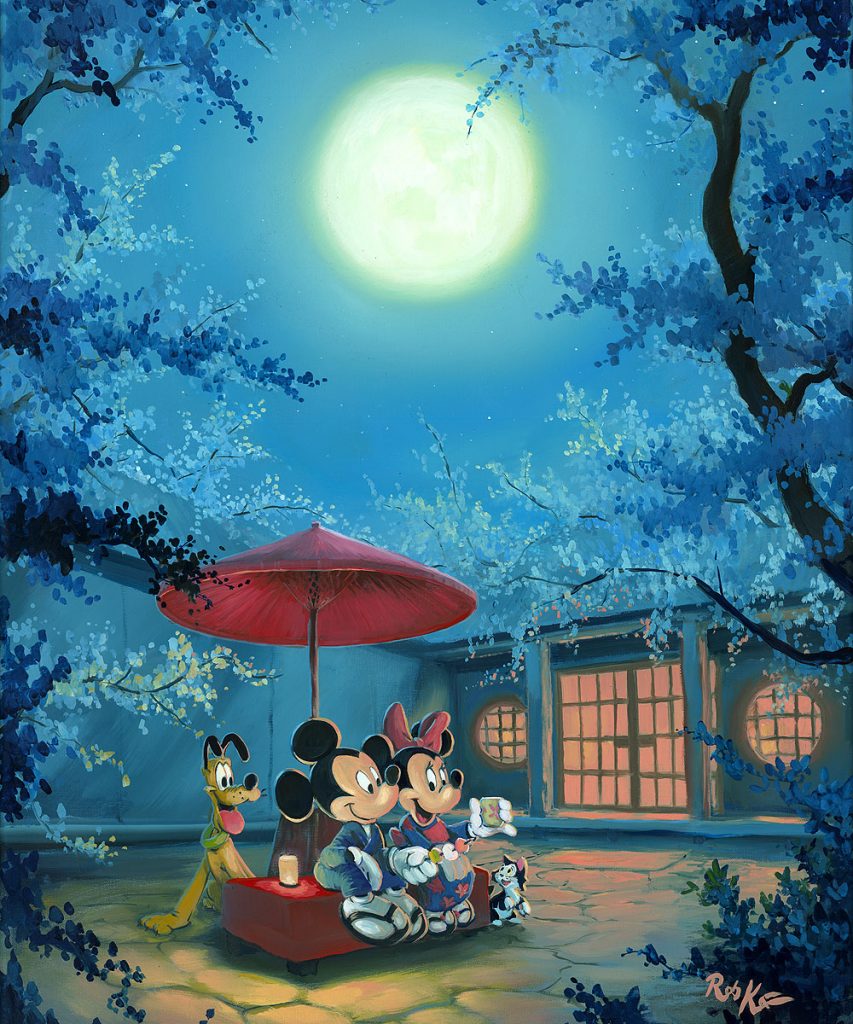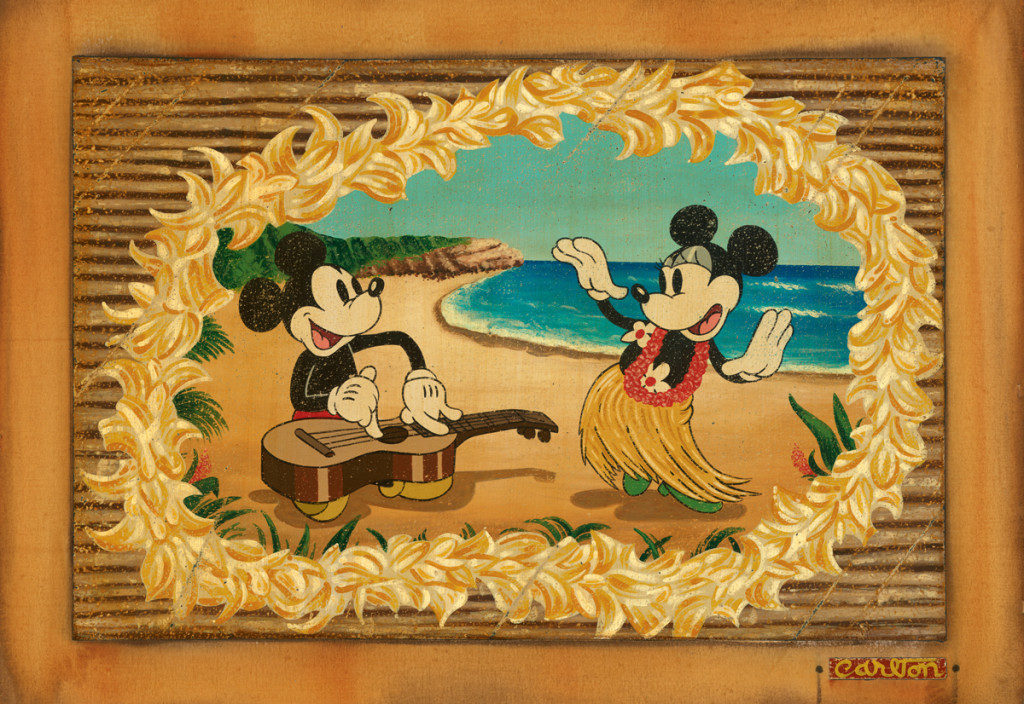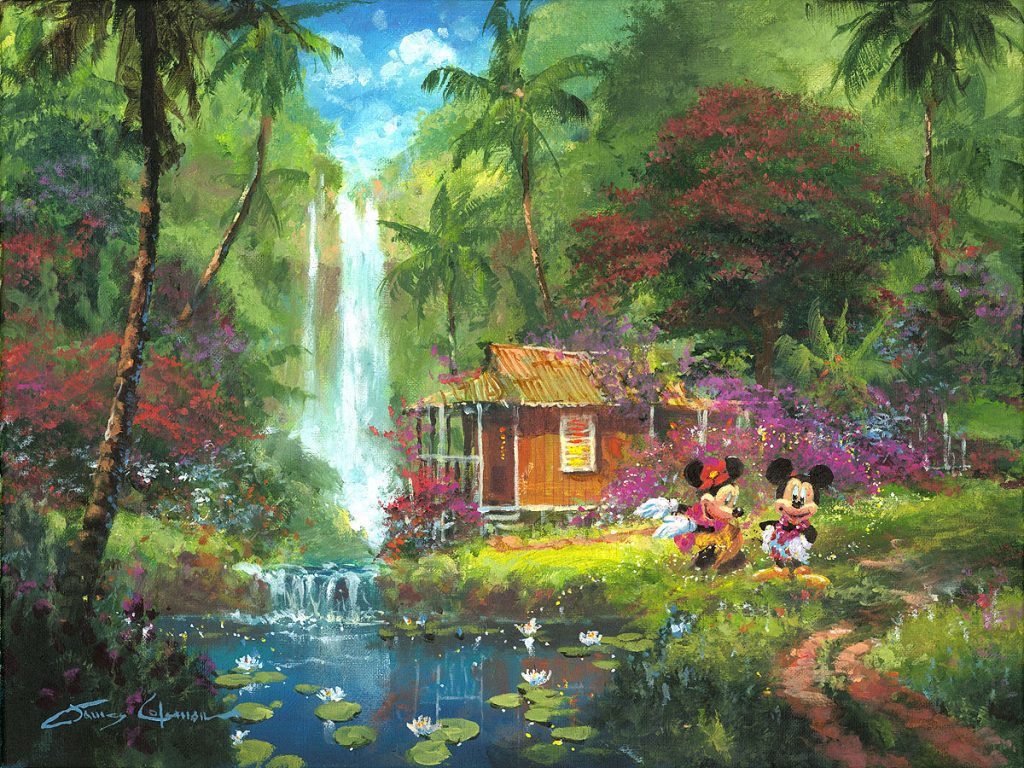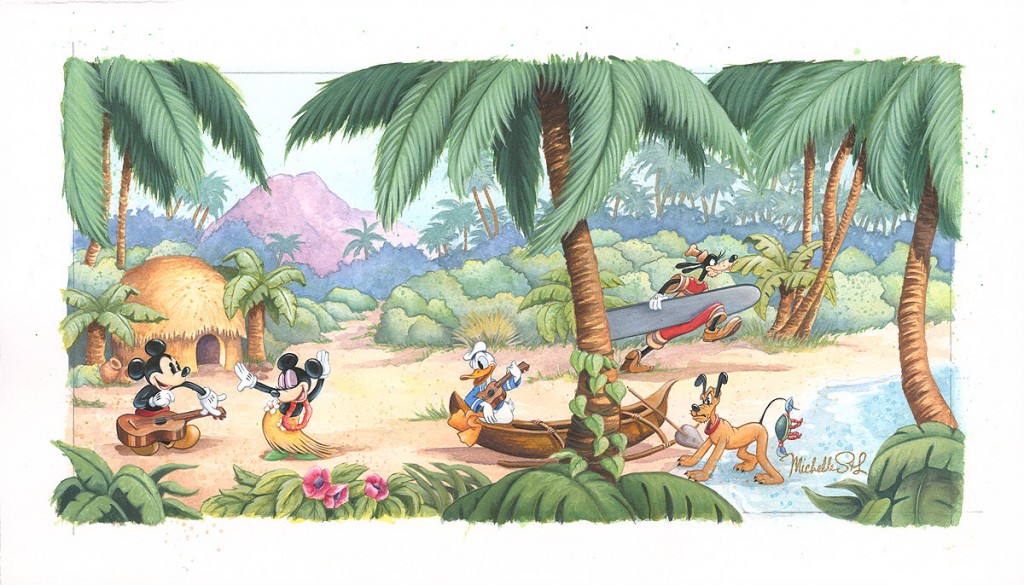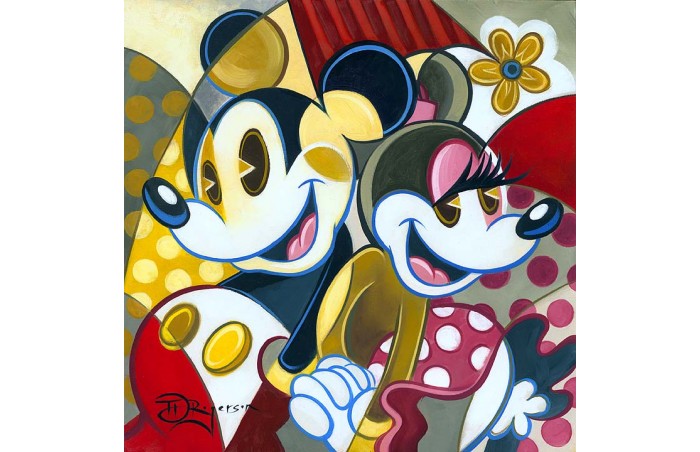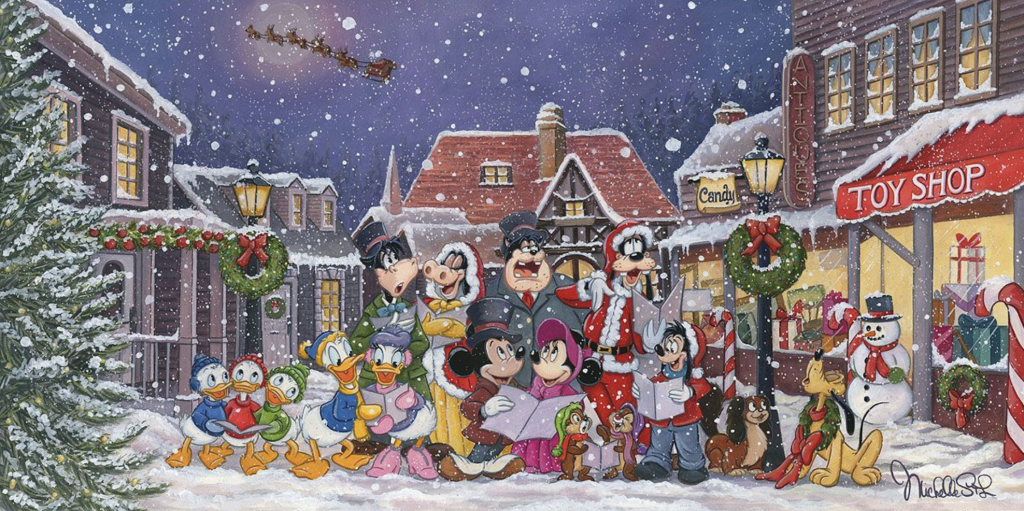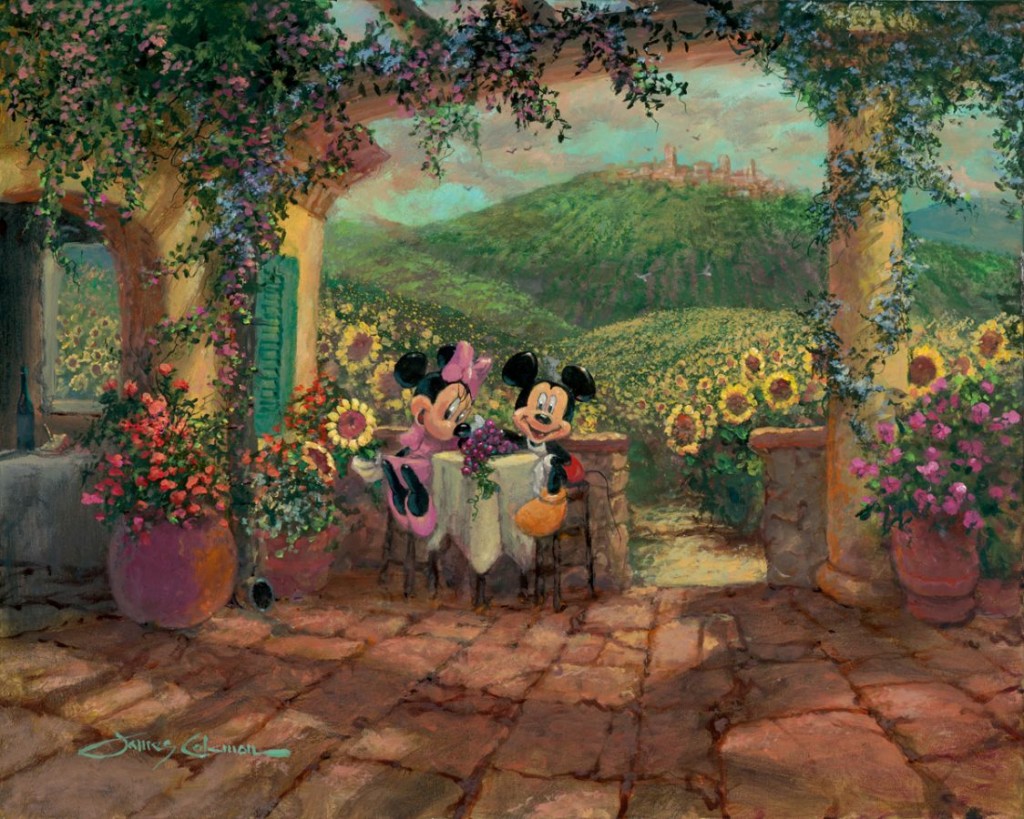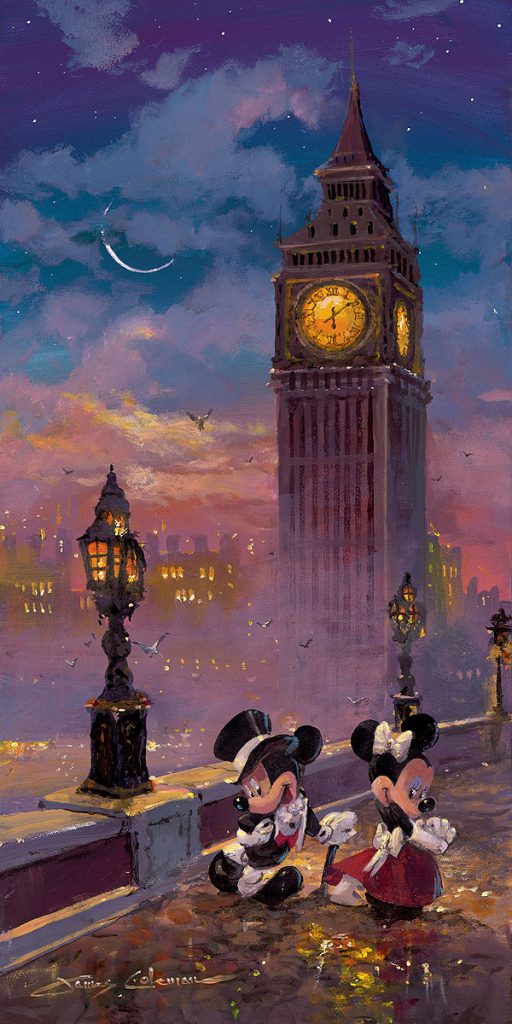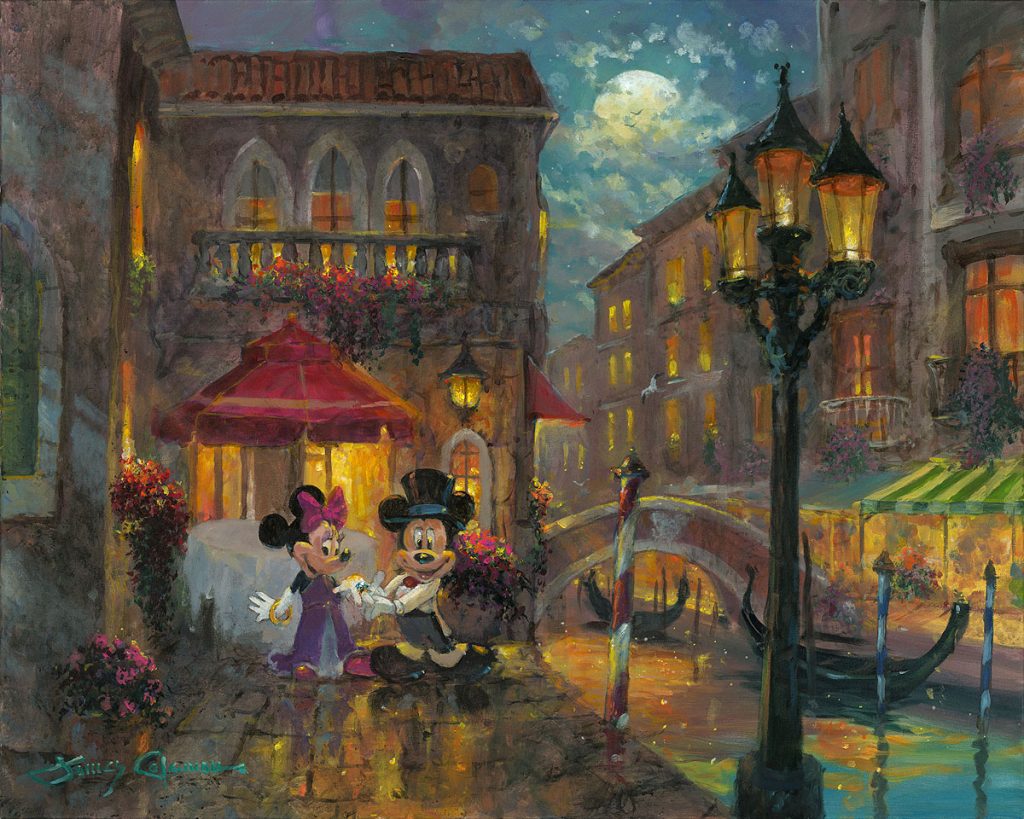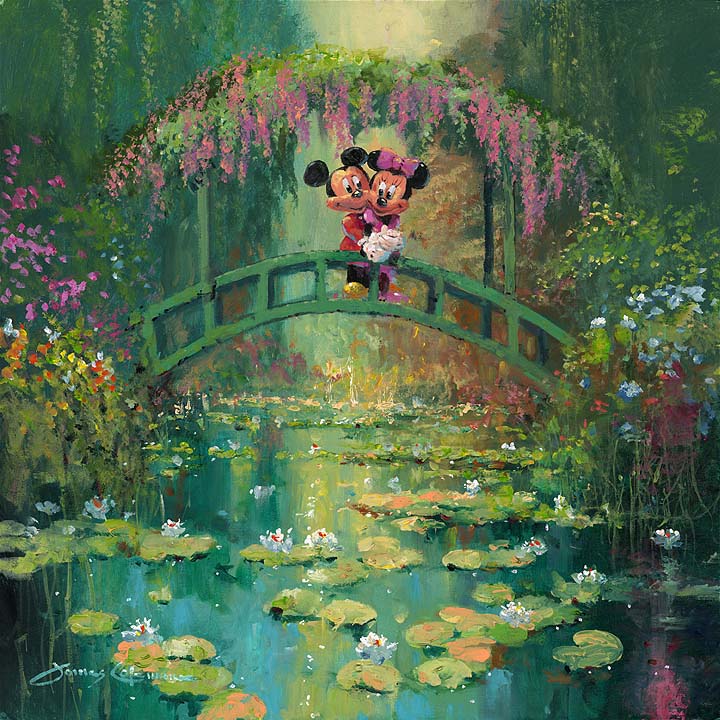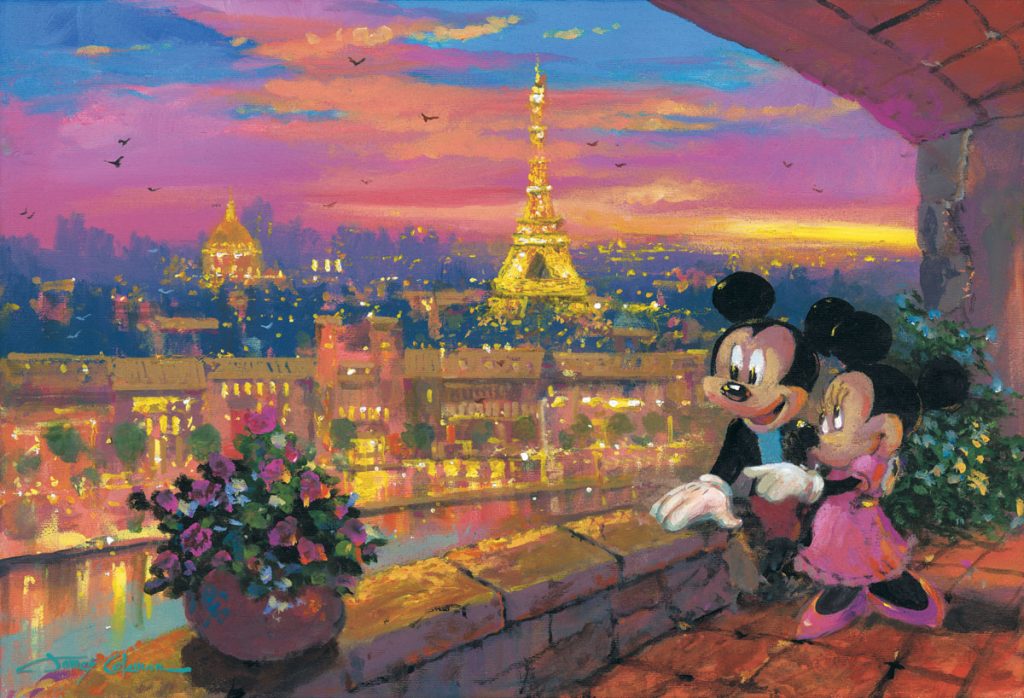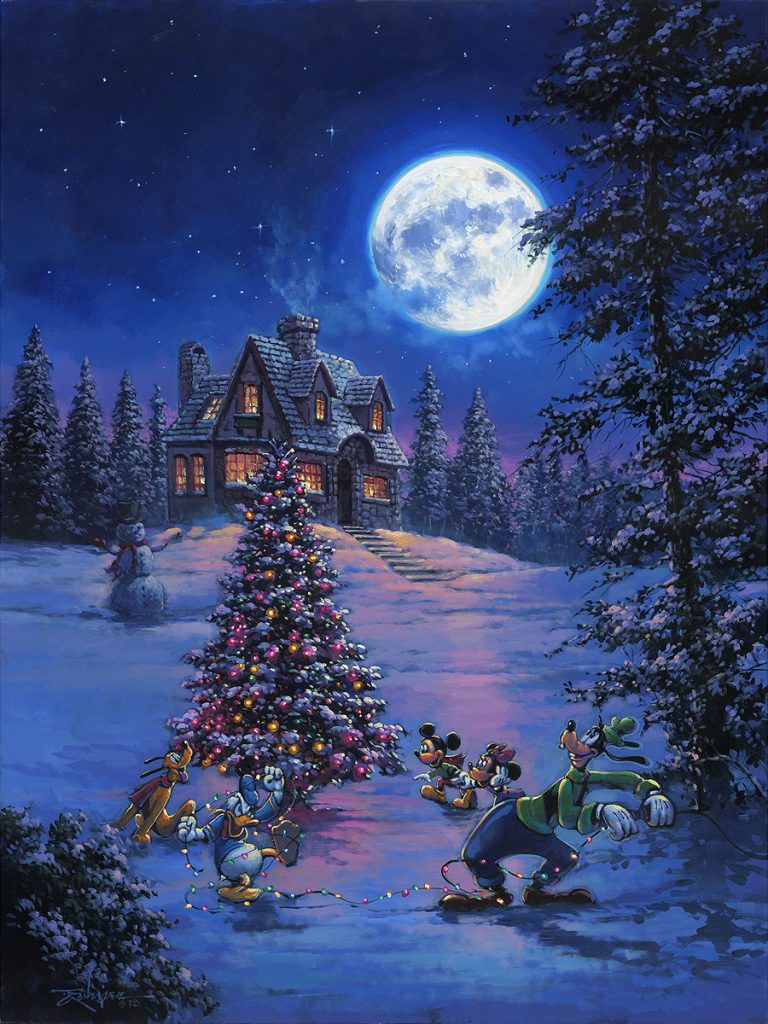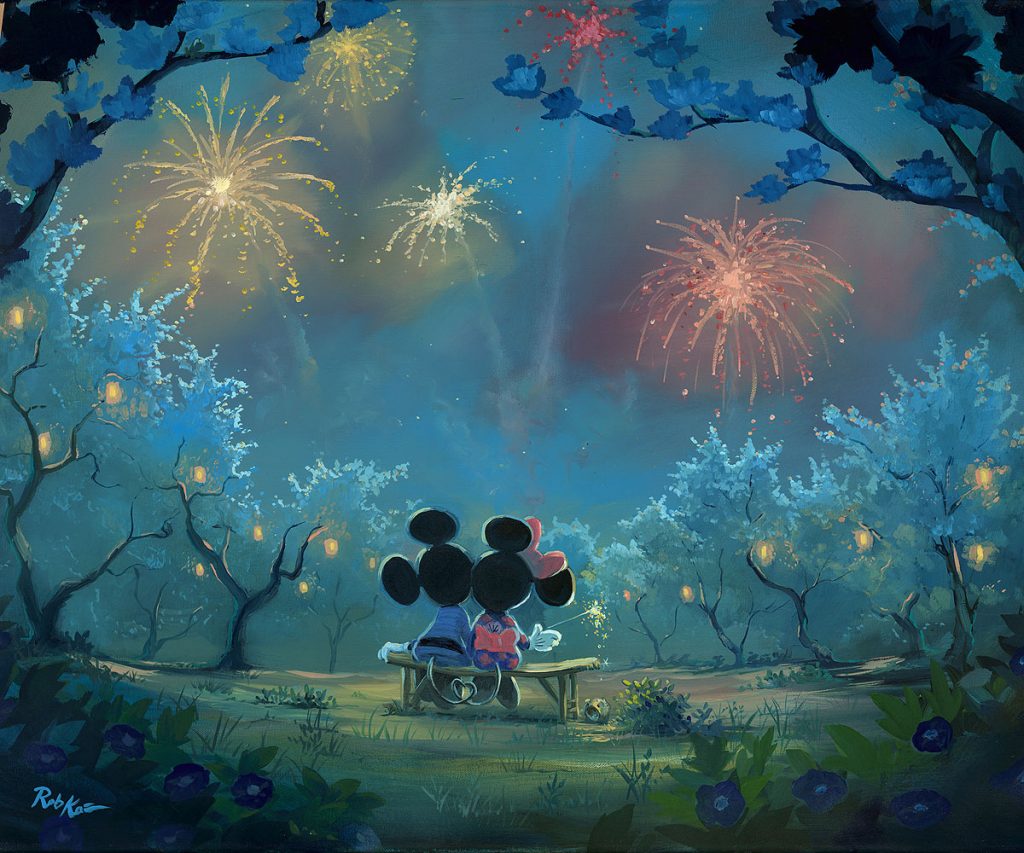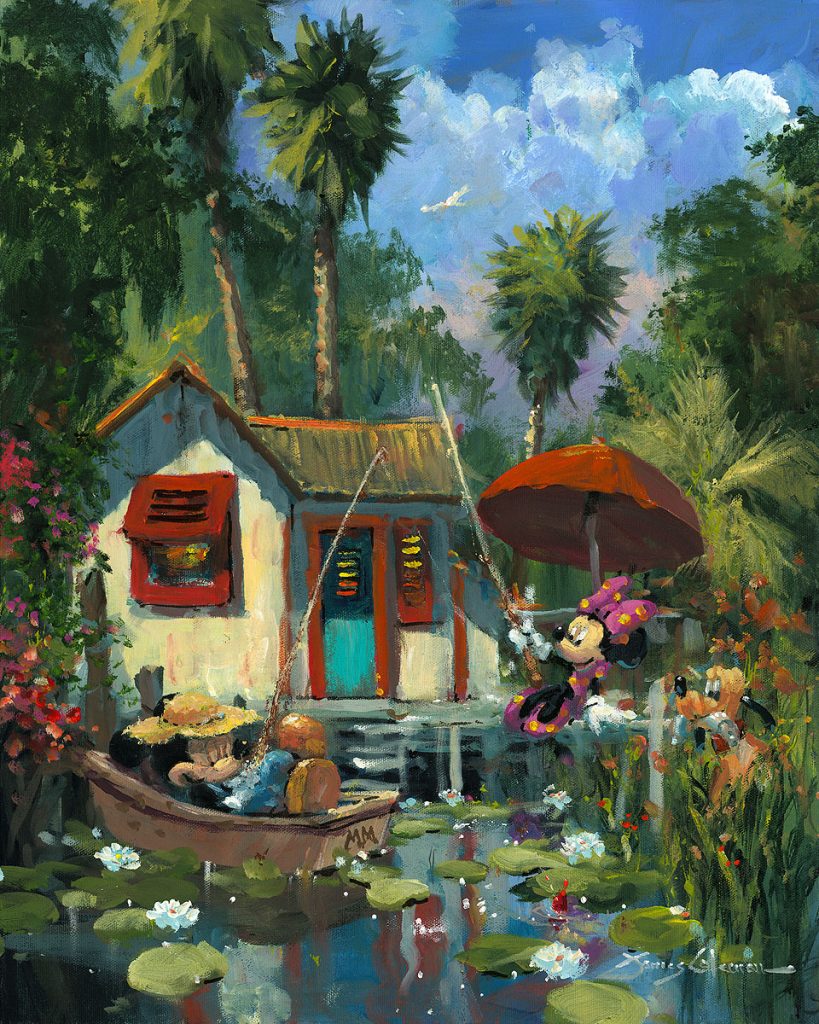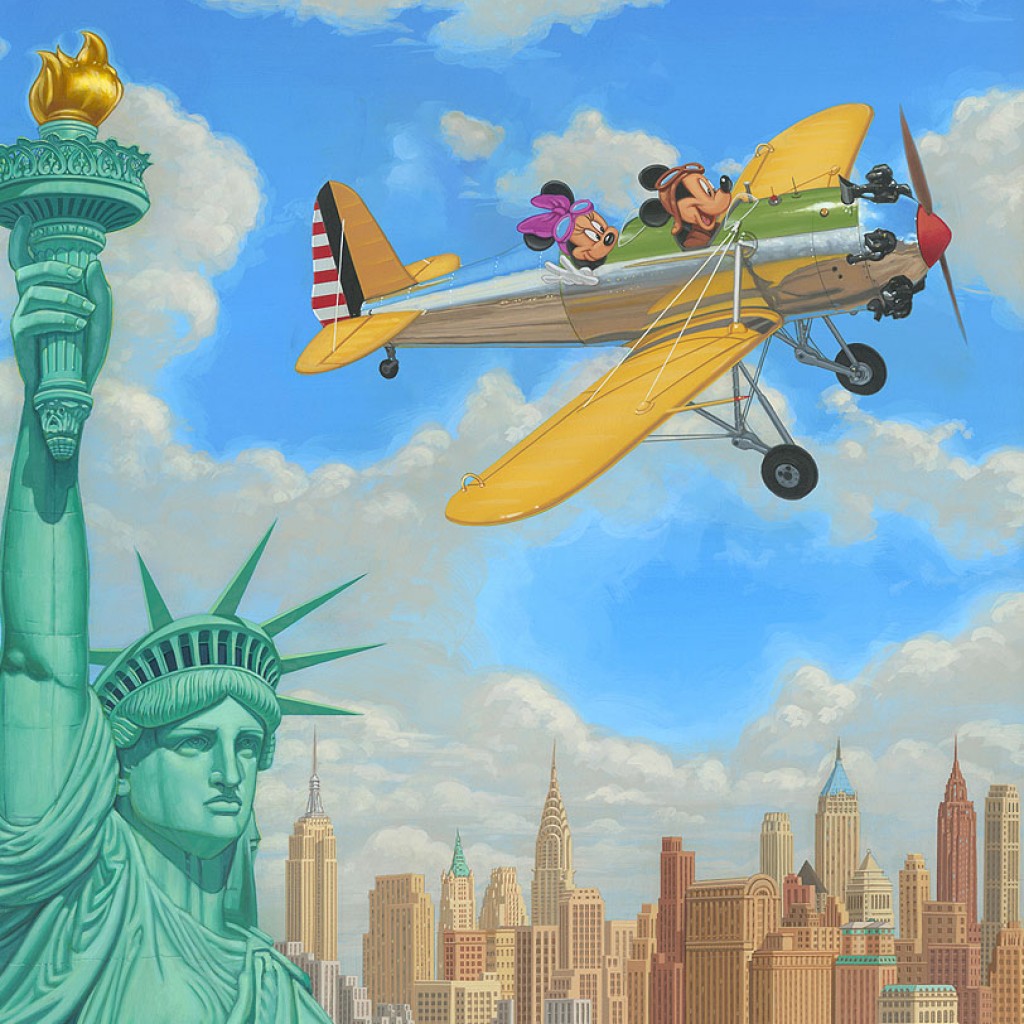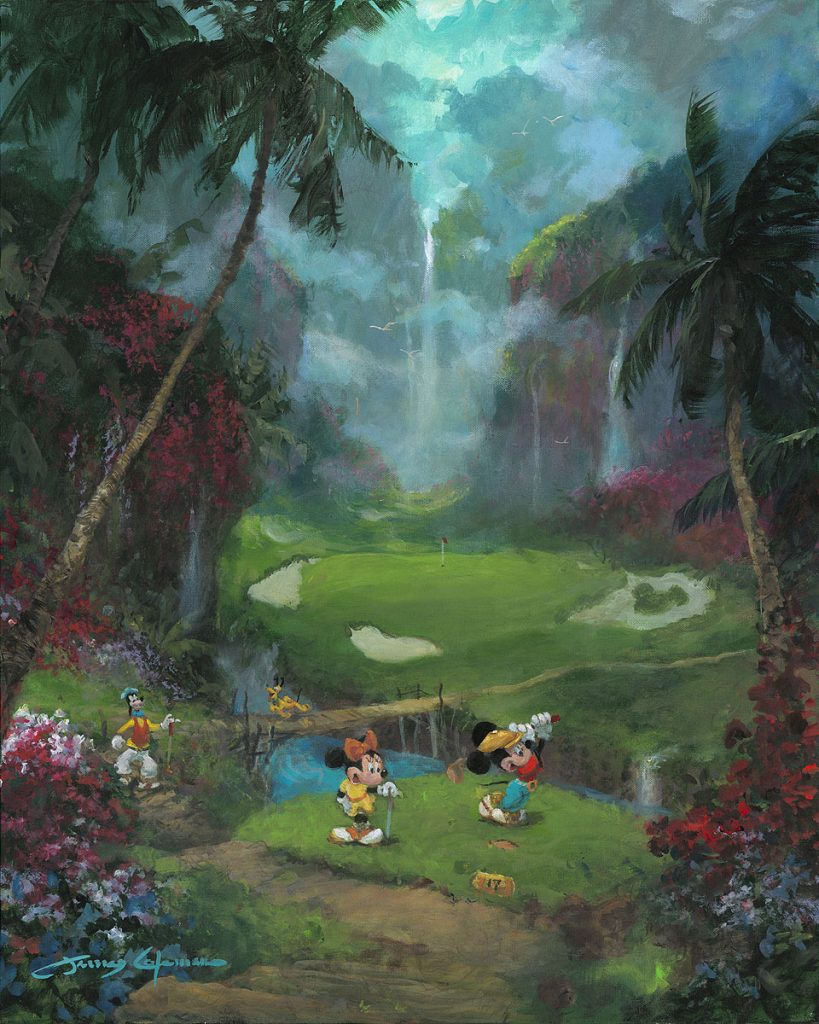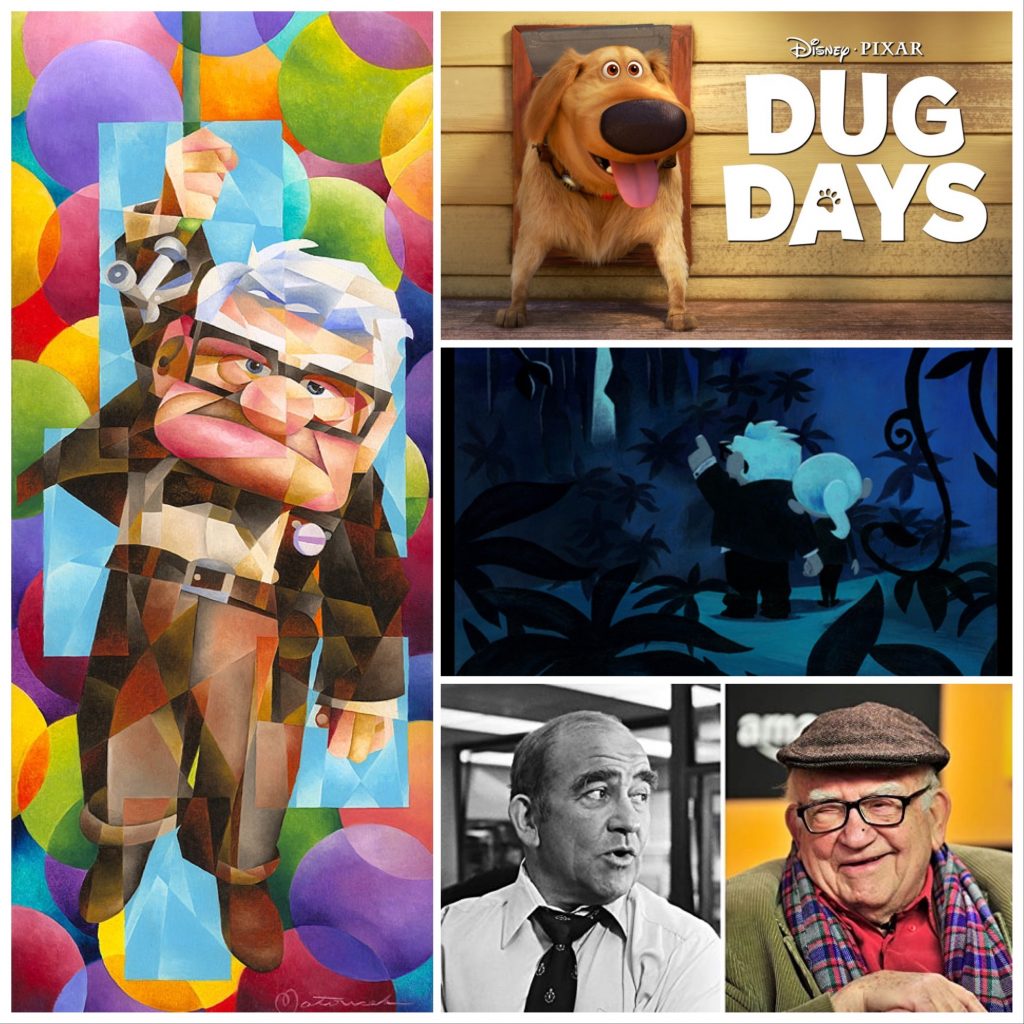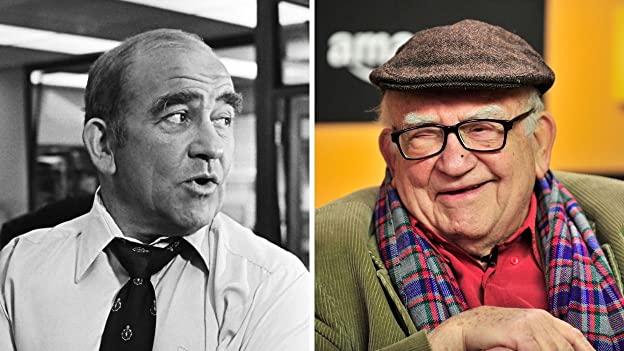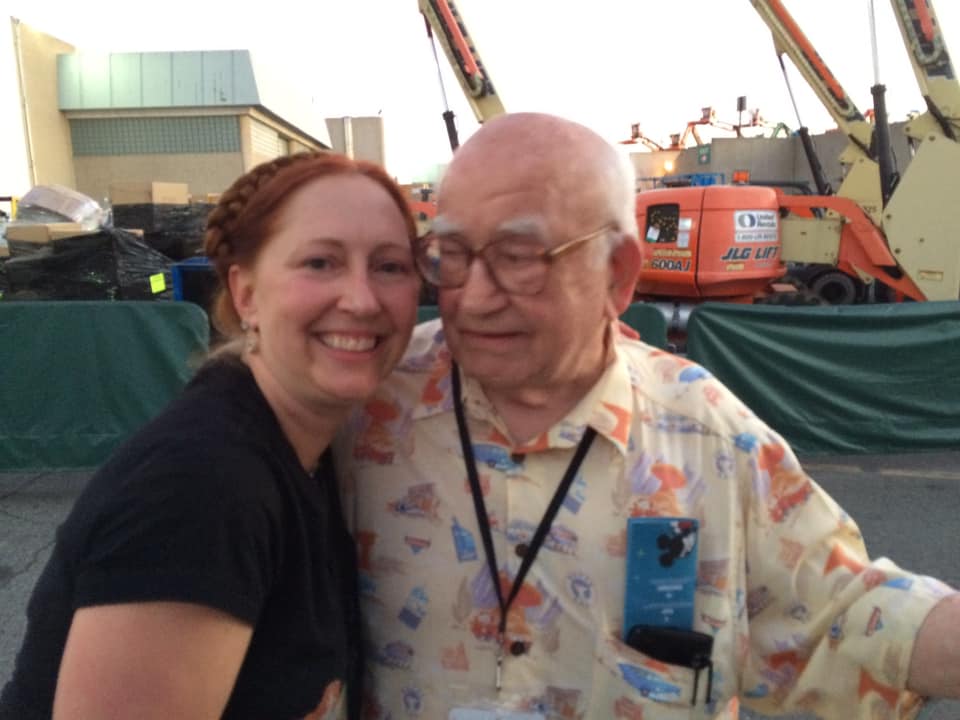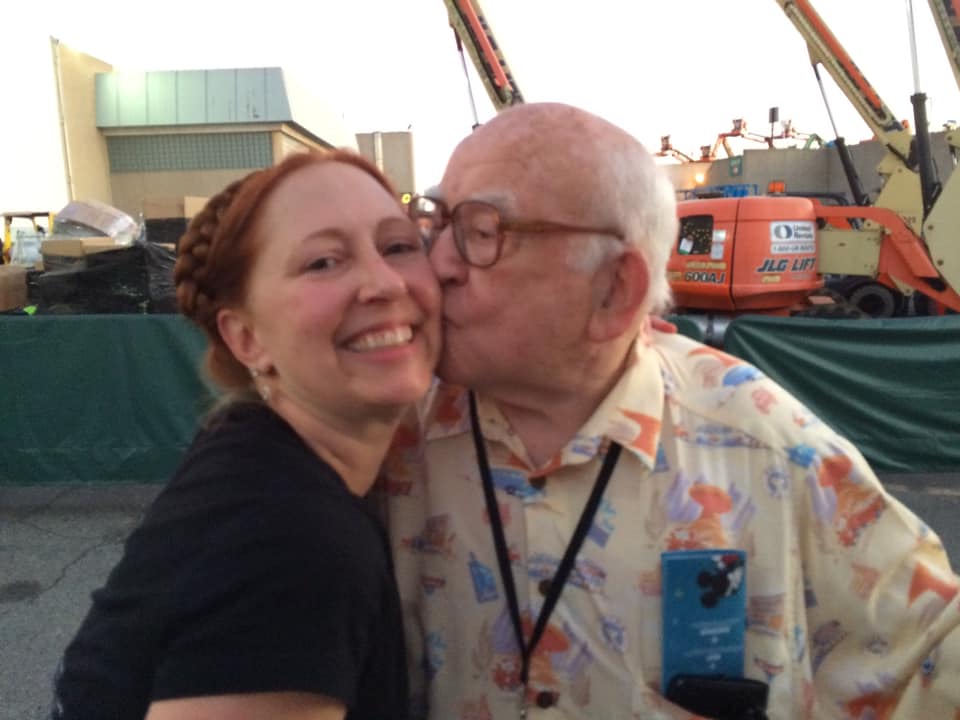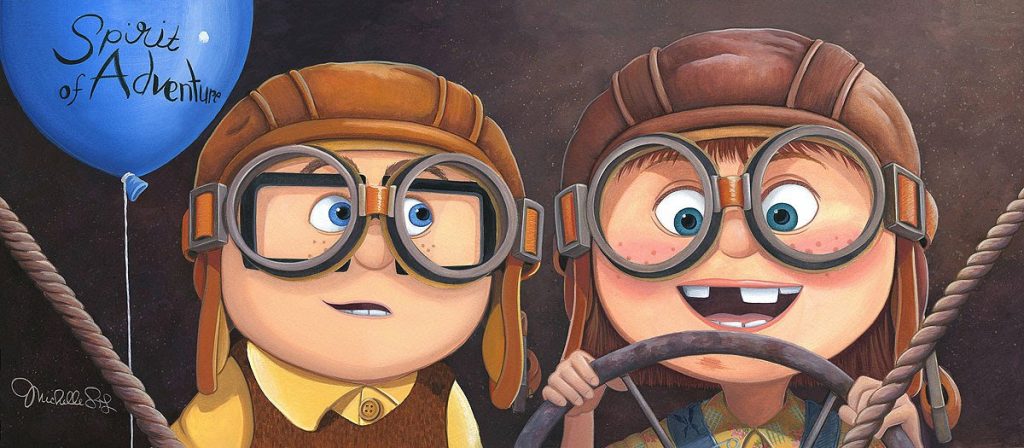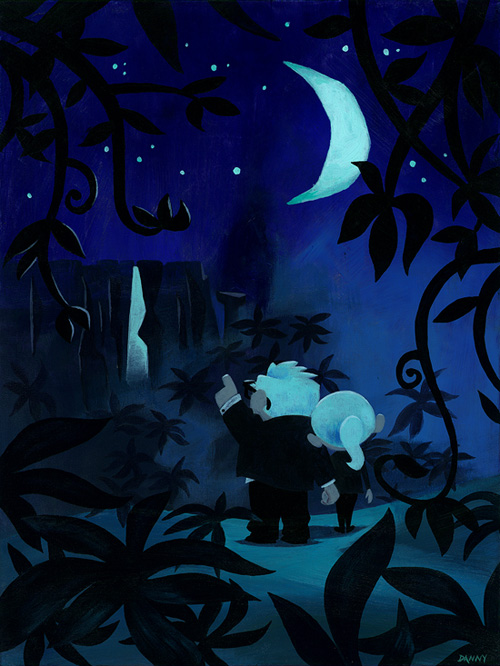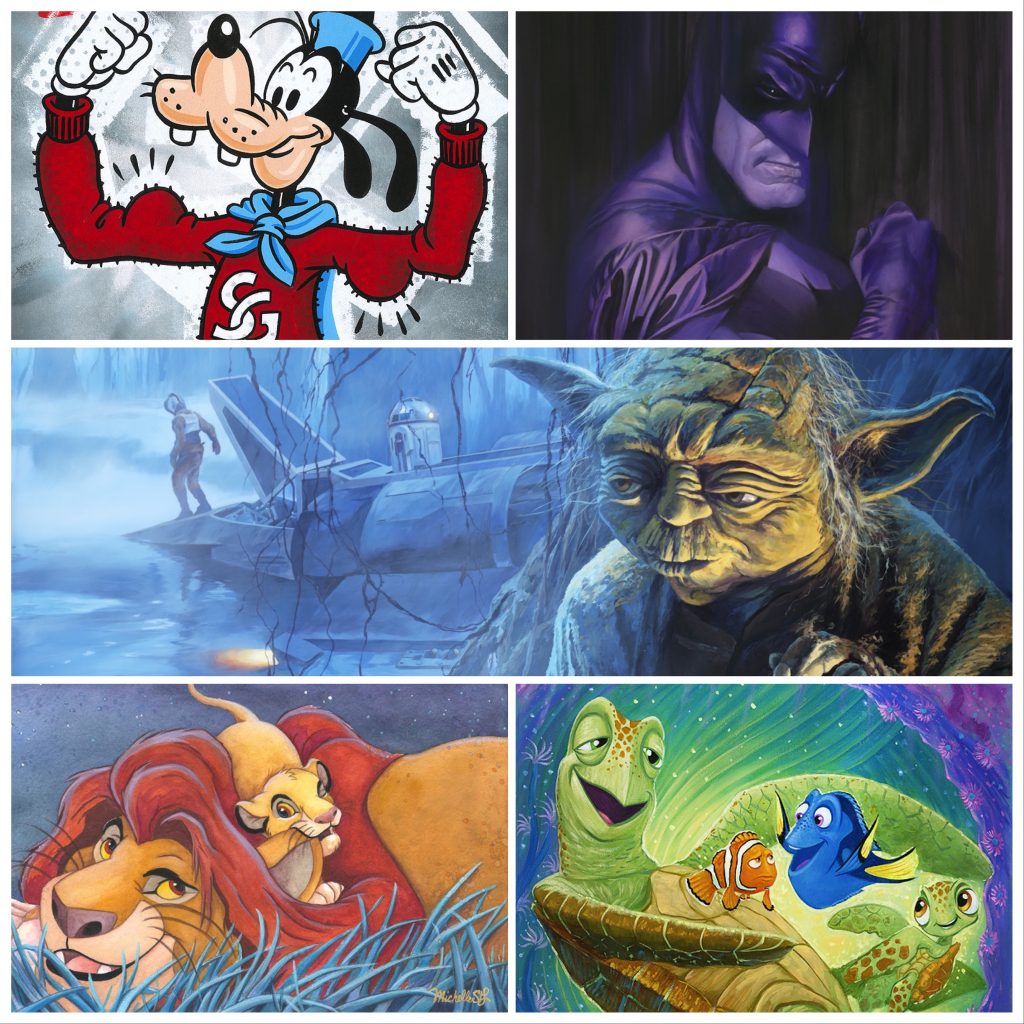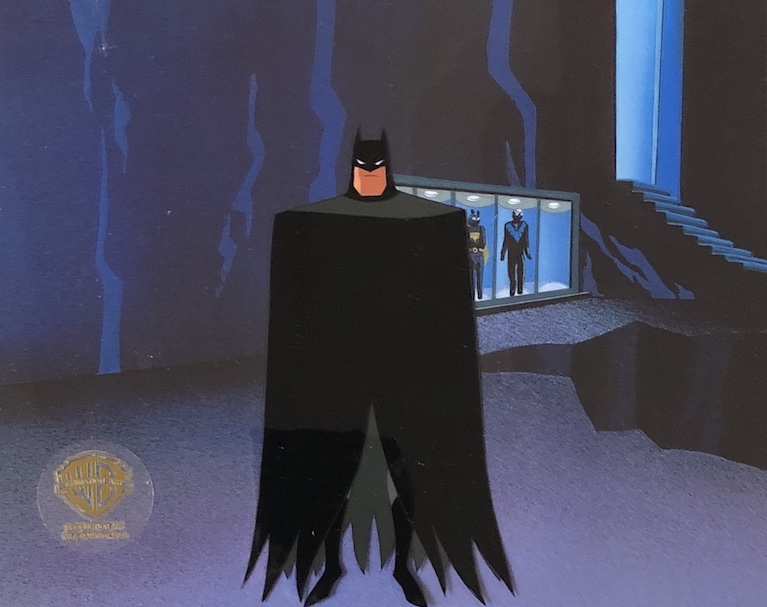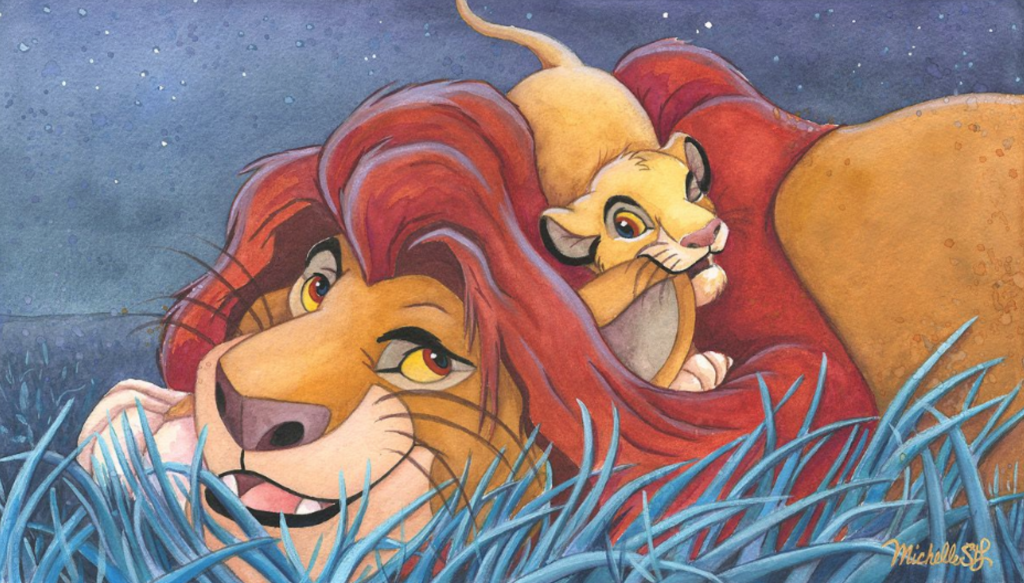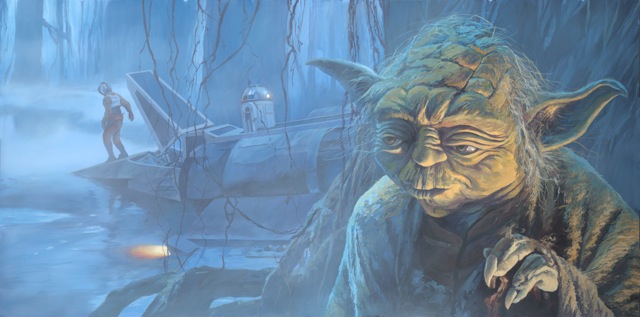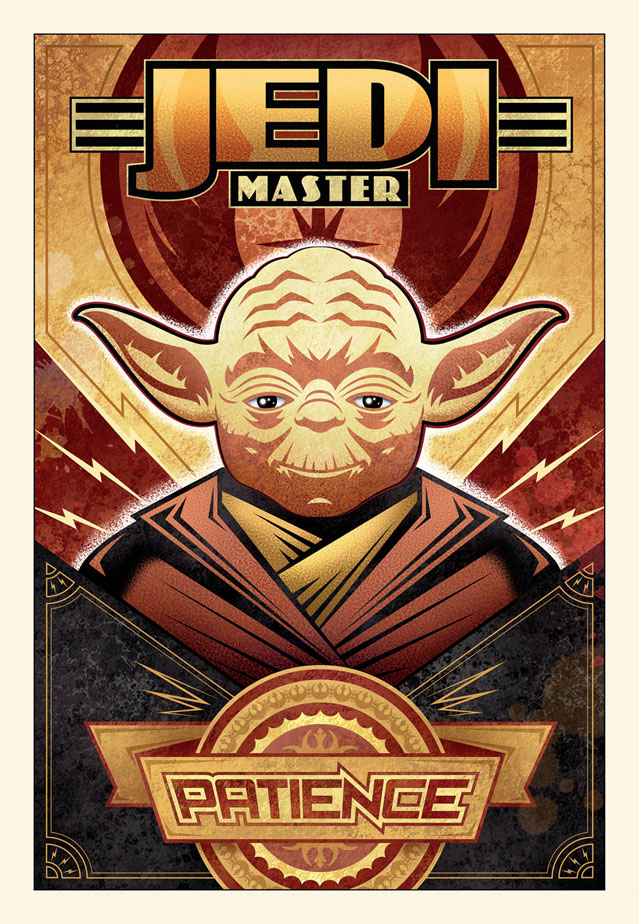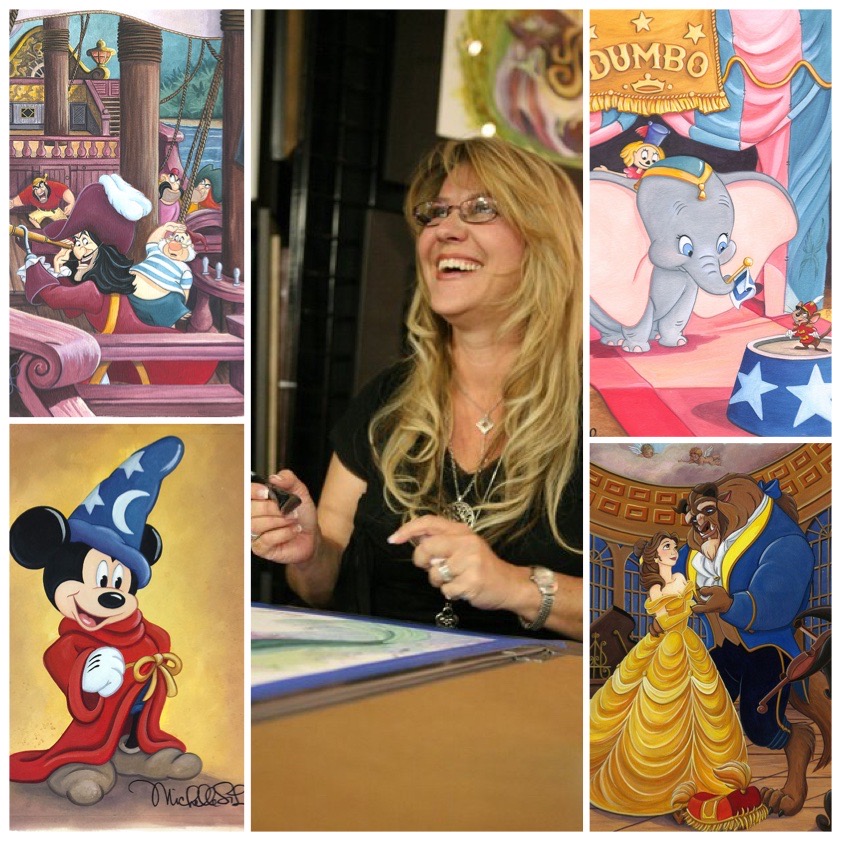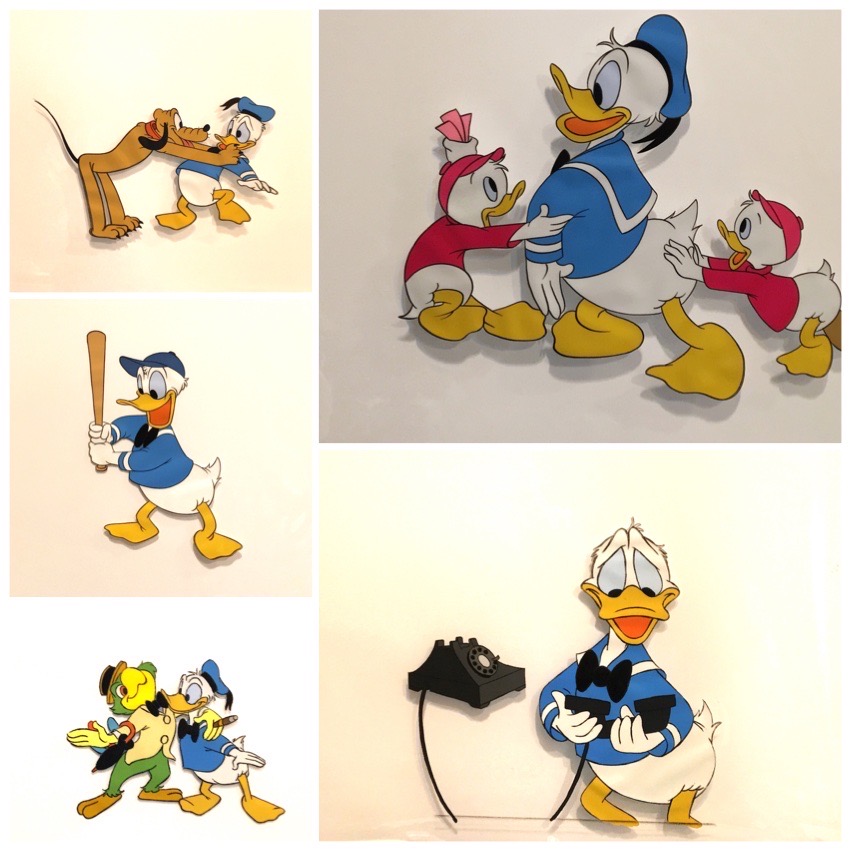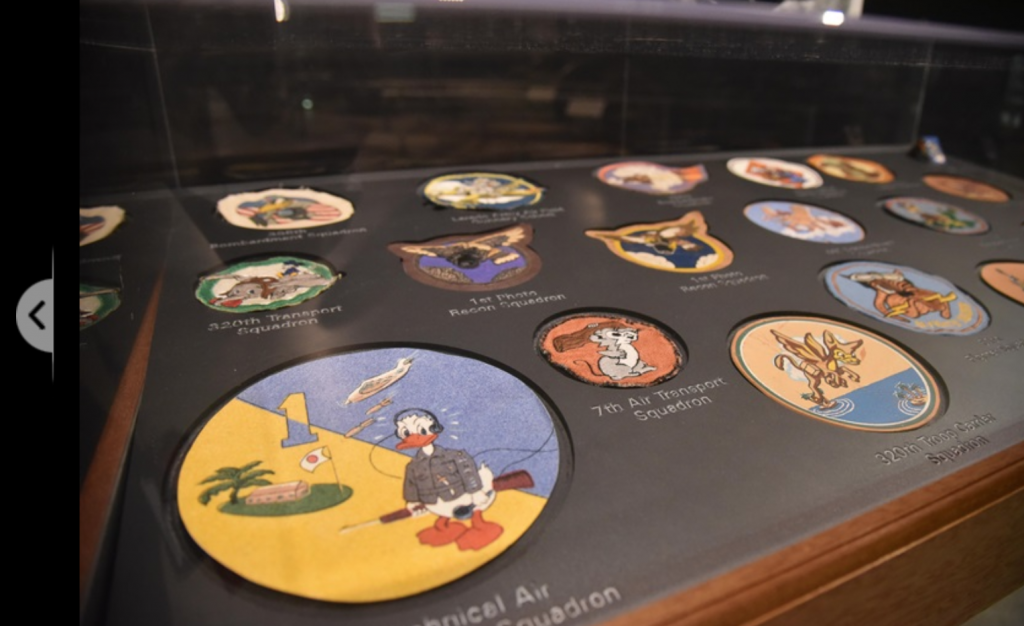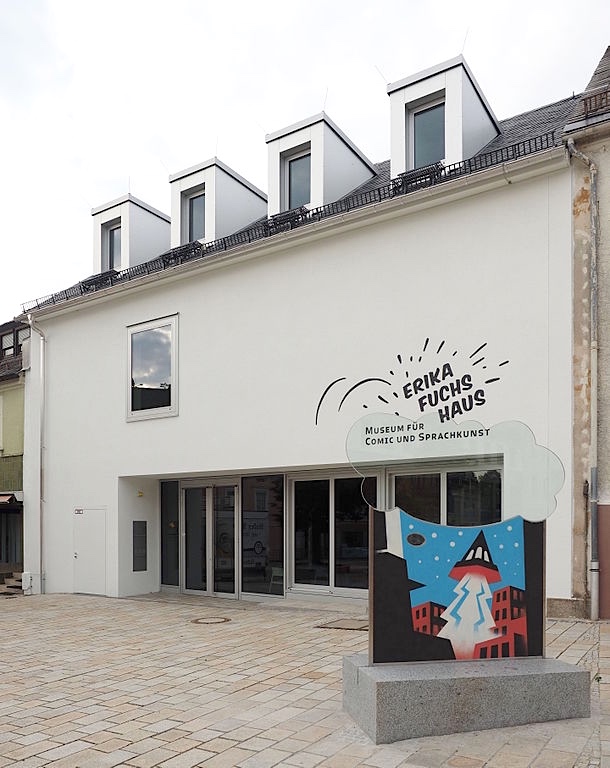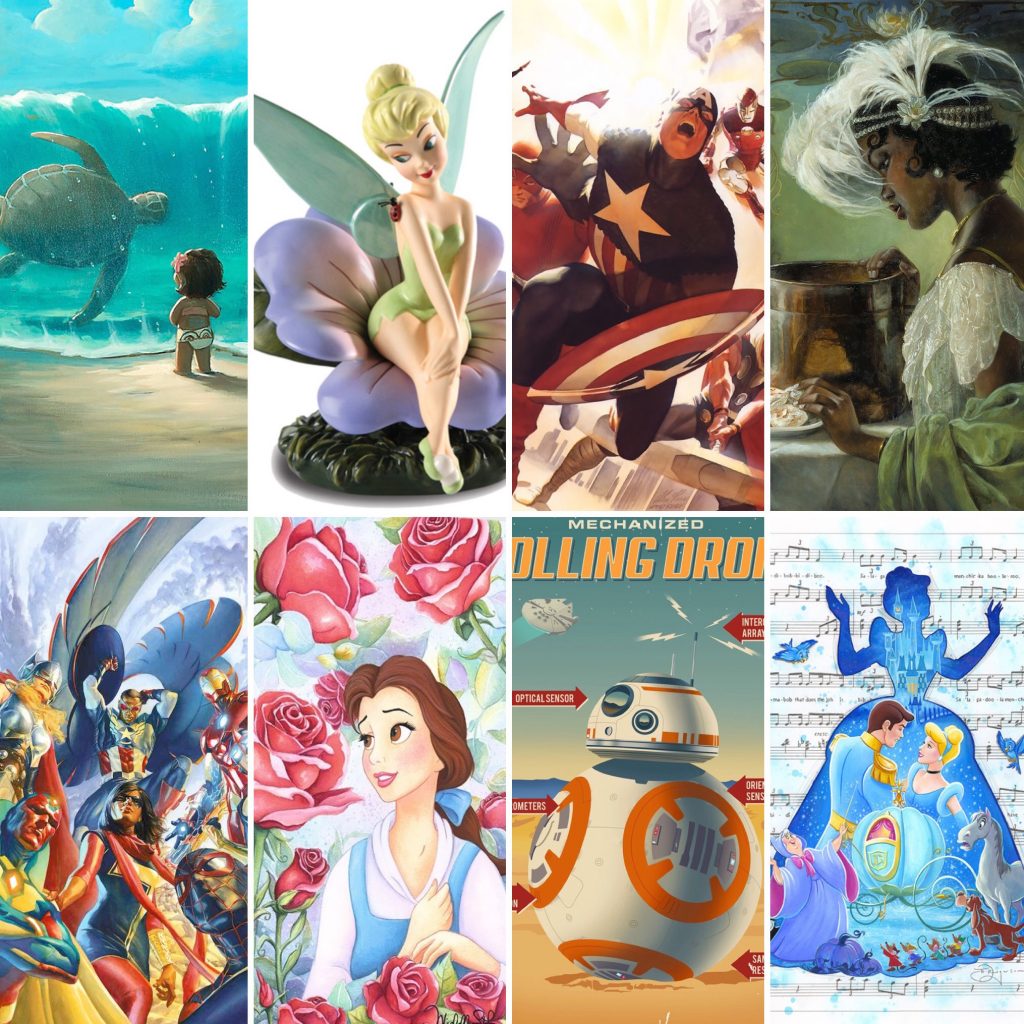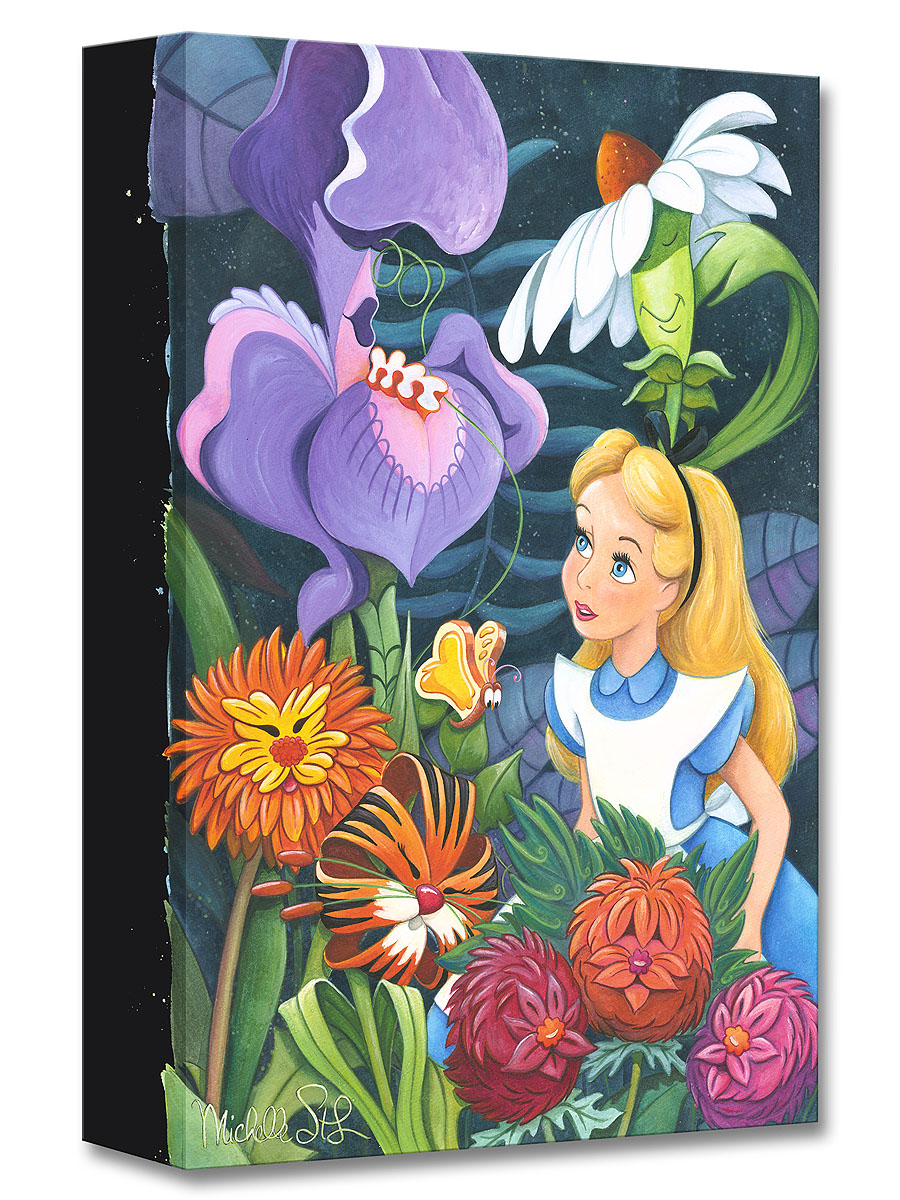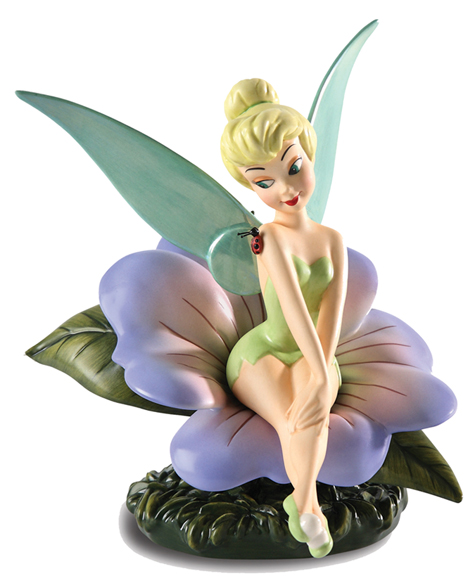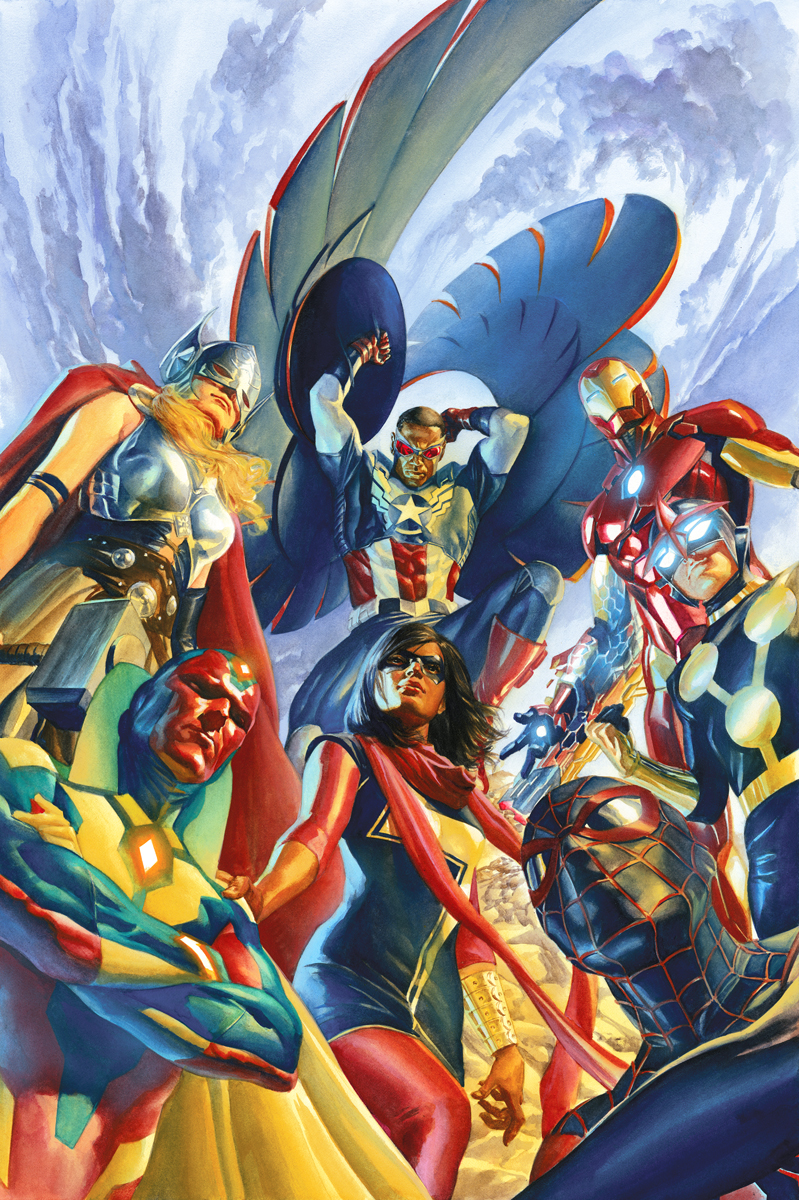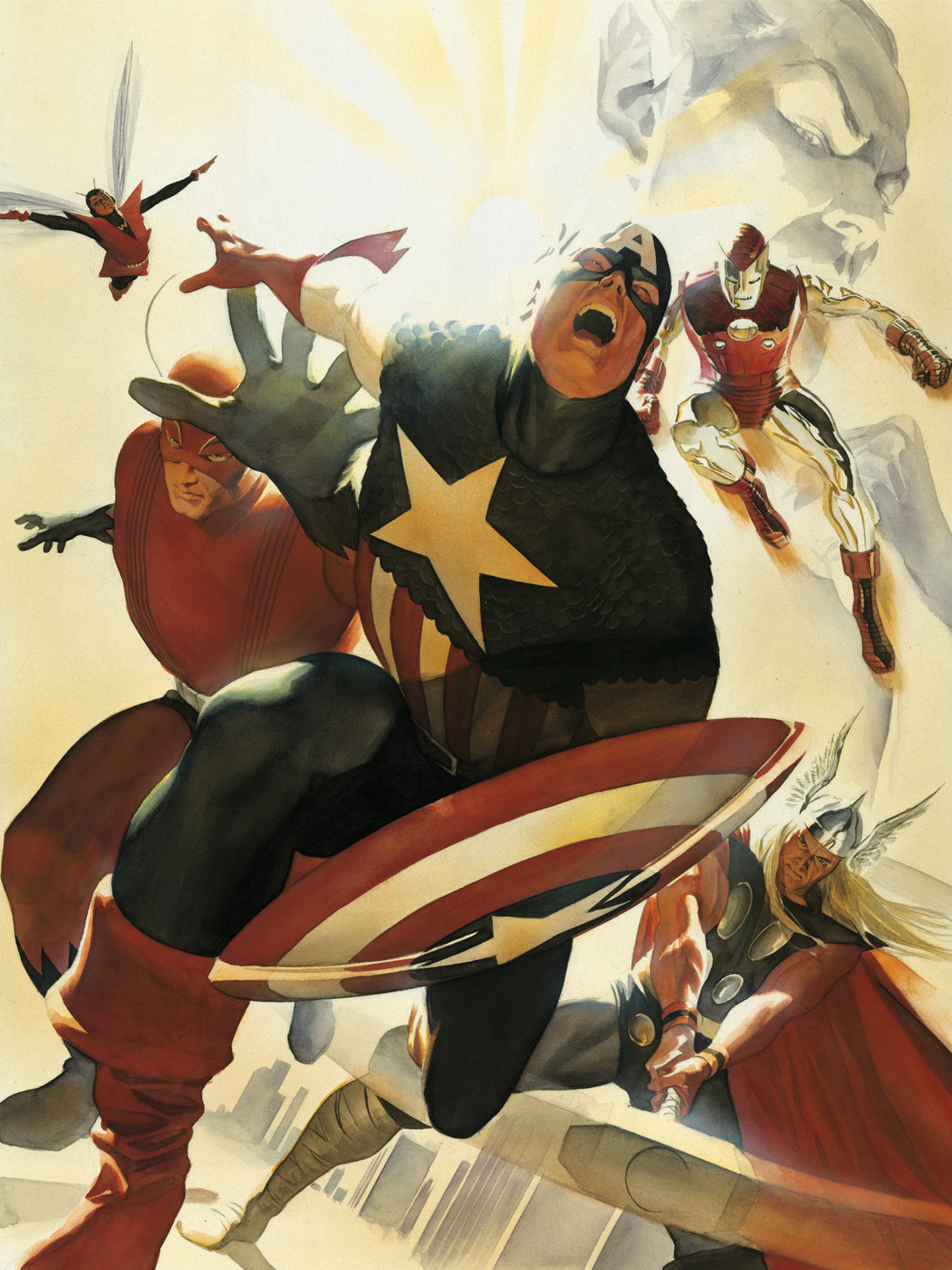At ArtInsights, we have as many fans of Beauty and the Beast as we do for The Little Mermaid, and that’s saying something. Since we’re heading into Valentine’s season, the season of love, as it were, I thought I’d talk about the history, art, and fun facts about the tale as old as time.
IT’S A WINNER:
Disney’s 1991 new classic Beauty and the Beast is not only beloved by fans all over the world, it also represents a number of important firsts. The film was the first fully animated feature ever to be nominated for a Best Picture Academy Award, and is a stunning example of what historians call the Disney Renaissance.
The film lost the Best Picture Oscar to, umm, SILENCE OF THE LAMBS, a film that had the distinction of being one of only two film in history (along with It Happened One Night in 1935) in which Best Actor, Best Actress, Best Director and Best Picture all went to the same film, so at least Beauty and the Beast lost to a worthy adversary. Composers Alan Menken and Howard Ashman DID win, though. Alan Menken won for Best Original Score, and he and Ashman were nominated for a Best Music Oscar for their songs “Belle” and “Be Our Guest”, and won the award with the unforgettable tune sung by Angela Lansbury, “Beauty and the Beast”.
ODD ORIGINS:
The tale has a fascinating if slightly bizarre and complicated origin story. The very first known version of Beauty and Beast is the very adult and very strange Greek tale written in the 2nd century AD called Psyche and Cupid, but there have been many permutations throughout the world over the centuries.
The germs of the tale seen in Disney’s feature come from a tale written by female French novelist Gabrielle-Suzanne Barbot, who included it in a collection called “La Jeune Américaine et les Contes Marins” (The Young American and Tales of the Sea), published in 1740. The Belle et la Bete segment is believed to be, in part, inspired by the life of Petrus Gonsalvus and his lovely wife, Catherine. Petrus Gonsalvus was born in 1537 with hypertrichosis, also known as Werewolf Syndrome, in which copious amounts of hair grow on all surfaces of a person’s skin. He began his life as an enslaved person, and at just 10 years old, he was given as a gift to the King of France. Gonsalvus lived in Henri II’s court for over 40 years, during which he was given the education of a nobleman, learning everything from Latin and poetry to military tactics. It was at court that he met his wife Catherine. They had 4 daughters and a son, several of whom shared their dad’s disorder, and were painted many many times by artists of the day. A few years after Barbot’s version was released, Jeanne-Marie Leprince de Beaumont condensed her story and turned it into largely what we recognize as the basis for both Jean Cocteau’s 1947 live-action romantic fantasy film, and Disney’s 1991 animated feature.
You can actually see the direct inspiration Gonsalvus provides for the Beast in Cocteau’s 1946 gem La Belle et la Bête. If you haven’t seen this version of the story, it’s a French film classic that critic Roger Ebert called “one of the most magical of all films”. Here’s a trailer where you can see the Beast’s design:
The Disney version was developed as far back as the 1930s, when Disney was looking for other stories to adapt into a feature. It was shelved back then, but in the late 80s, they brought the idea back and started working on a non-musical version of the story—another first, though, was the film hiring a screenwriter, rather than the film being developed via storyboards. Linda Woolverton wrote a draft and then worked with the story artists. They then shifted and retooled the story, hiring first-time feature directors Kirk Wise and Gary Trousdale, and Alan Menken and Howard Ashman to write songs and make it a musical, and Wise, Trousdale, Menken, Ashman, Woolverton, and producer Don Hahn collaborated to make what we all see onscreen.
Here is an interview with Kirk and Gary about their careers:
GREAT PERFORMERS
Angela Lansbury was, as you all know, the voice of Mrs. Potts, and to be honest, that was one of the main reasons I was excited to see the movie when it was the theaters for the first time.
Here she is, singing it live in concert 2001, and though she’s not in her voice’s prime, it’s pretty impressive at 76.
This amazing performer had an EGOT before it was cool, meaning she has been nominated for an Emmy, Grammy, Oscar, and Tony. For her first film Gaslight in 1944 she was nominated for a Best Supporting Actress Oscar, then again for The Picture of Dorian Gray in 1945, and The Manchurian Candidate in 1962 (losing, if you must know, to Patty Duke’s performance in The Miracle Worker. Fair enough..) They gave her a lifetime achievement award, which I always think is sort of too little too late. Her work on Broadway was even more impressive. She recieved 7 Tony nominations, winning 5, including for Mame in 1966 (OMG i wish i’d seen that!!) Gypsy in 1975, and Sweeney Todd in 1979. Here she is performing as Mrs. Lovett showing just how fantastic she was and what stage presence she had:
As Jessica Fletcher in Murder, She Wrote she was nominated for an Emmy nominated 12 times in a row but never won. Philistines! Anyway, I enjoyed the rabbit hole I went down looking at videos of Angela Lansbury performances, and you might, too. There’s a treasure trove out there of her work.
Meanwhile, talking about great Broadway performers, you might only know Jerry Orbach, the voice of Lumière, as Lenny Briscoe on Law and Order. He was actually on tv way back in the 60s, starred on Broadway, even winning a Tony Award in 1969, and for all you Gen X’ers out there, of course played Baby’s dad in Dirty Dancing. Nik Ranieri, who also worked on Meeko in Pocahontas, Roger in Roger Rabbit, and Hades in Hercules, was the supervising animator for Lumière.
Broadway performer Paige O’Hara was chosen out of over 500 hopefuls to play Belle. What I think is really cool about Paige is she has loved art and painting even longer than she loved singing and acting. Inspired by her architect dad, she started drawing and painting as a child. She even sold her art to help support herself when she first got to New York as a starving actor! O’Hara was added to the Disney roster when a Disney art scout saw an original painting of Belle she brought to one of her signings. You can see all her Disney art HERE.
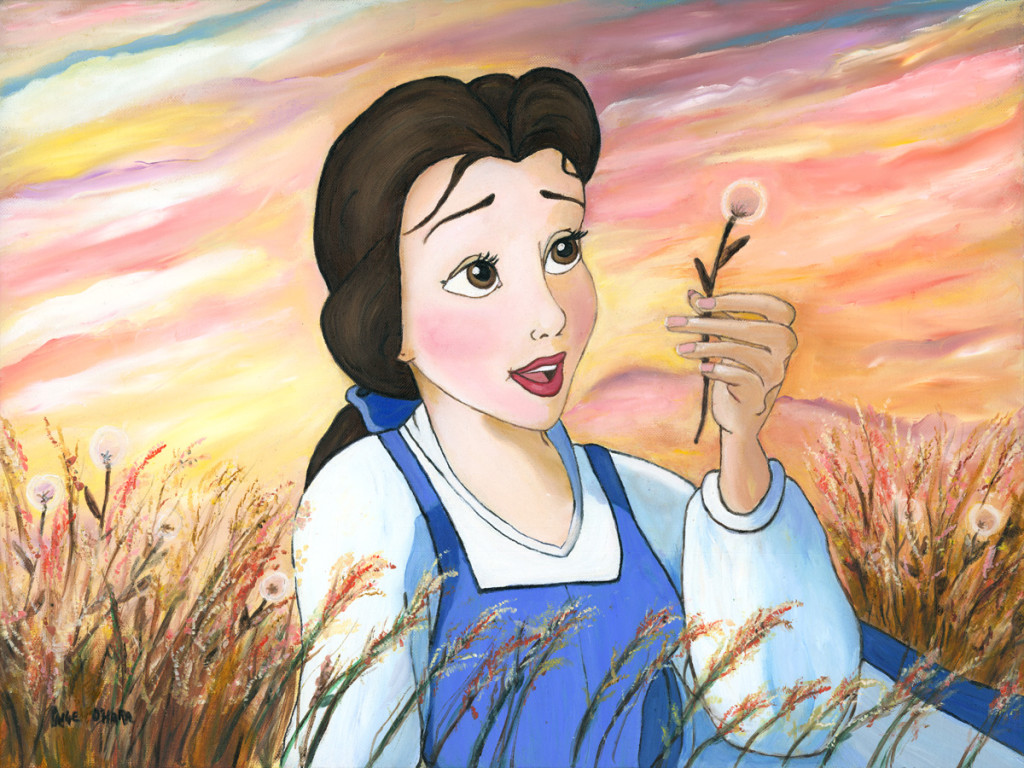
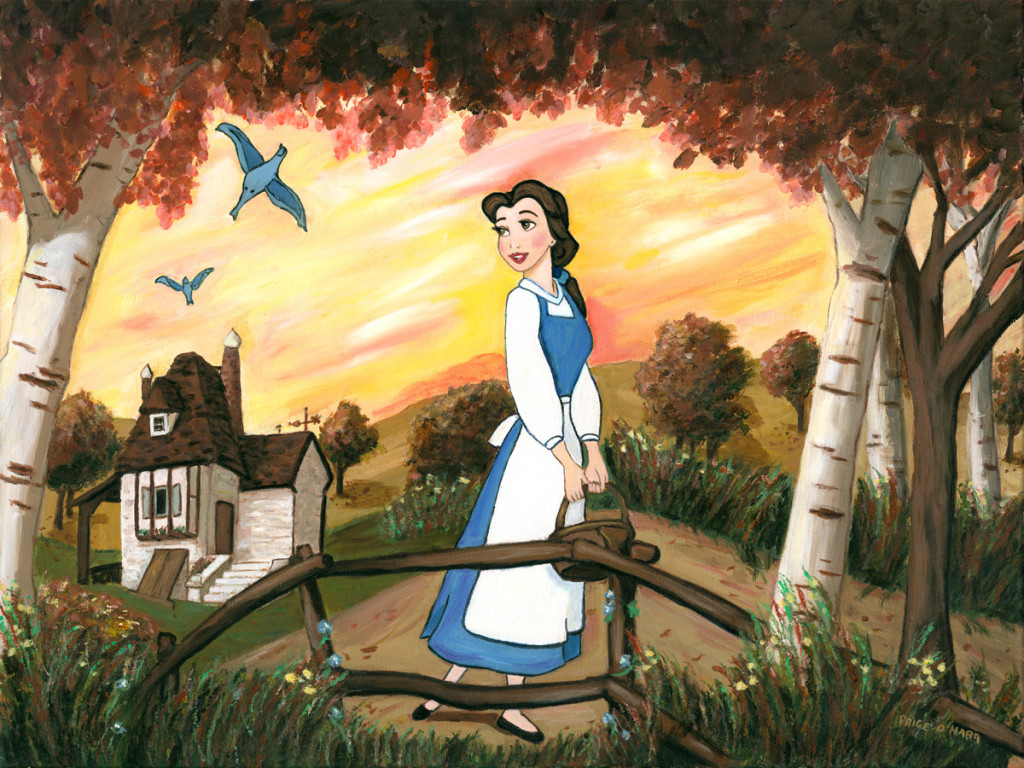
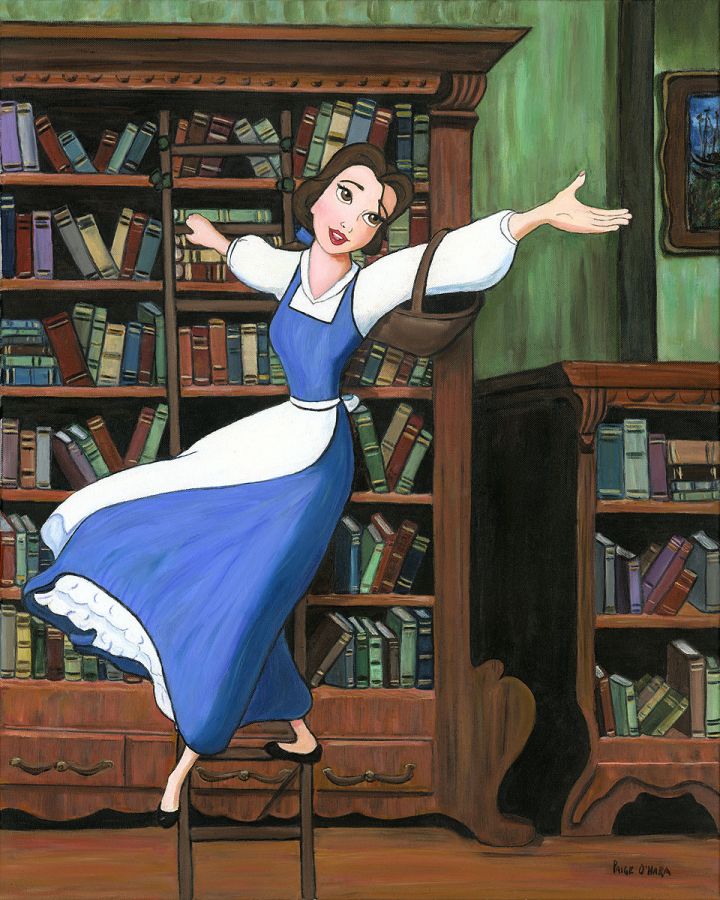
The poster for Beauty and the Beast was created by none other than famed campaign artist John Alvin. He had worked on only one other Disney movie at that point, though he went on to create posters for Aladdin and The Lion King, and the term “Alvin-izing” would be coined by a Disney executive about his magical imagery. It was the first time that a Disney movie campaign had 2 key posters, one geared for children and another, John’s poster, for adults.
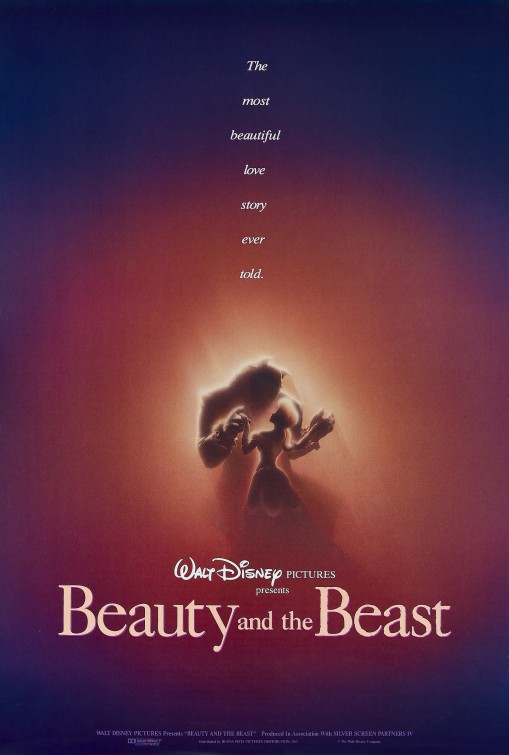
We have one limited edition from the extremely sold out limited edition based on the alternate finish which was very nearly used as the key art for the adult movie poster. The piece, which is an Artists Proof from the Alvin family, isn’t on the site, but you can contact us via email if interested!

In terms of art used in the making of the film, there are no production cels from Beauty and the Beast. Though it was drawn in 2D, the drawings were scanned into a computer and colorized in there, so no cels were used. They did have an auction, as they did with a number of films from the Disney Renaissance, at Sotheby’s, where they sold original drawings with cels created by the ink and paint department especially for the auction. There were also hand-drawn limited editions from the movie created for the collector market. When I was touring the ink and paint department once back in the 90s, the ink and paint artists were working on the Beauty and the Beast limited edition set of two. I met a woman who had been working there since the 50s and had worked on Sleeping Beauty. I bought the cels she was inking that day, and those limited editions belong to a very happy fan of both movies! I currently don’t have any cel art created from Beauty and the Beast for sale at the gallery, but we do have lots of interpretive pieces created by official Disney artists.
As Valentine’s Day approaches, it’s lovely to know there continues to be interest and love for Beauty and the Beast. That’s in no small part because of the Broadway Beauty and the Beast musical stage play, which is yet another first, the first of many subsequent Disney Broadway productions. A number of famous stars of stage and screen have performed in the show, including Debbie Gibson, Andrea McArdle, and Toni Braxton as Belle. Then of course in 2017, the live-action adaptation was released directed by Bill Condon, starring Emma Watson, Dan Stevens, and tons of other great performers, Ok, let’s be honest, though…we came for Emma and stayed for 6-time Tony Award-winner Audra McDonald, who stole a movie that also starred Josh Gad, Luke Evans, and Emma Thompson. Here are cast members talking about their experience:
Director Condon has had a number of successful releases, including Chicago, Dreamgirls, and Breaking Dawns part 1 and 2 of Twilight. He’s always coming up with the next big thing, and I’m sure he’s going to announce whatever that is soon!
The most recent permutation of Disney’s B&B was Beauty and the Beast: A 30th Celebration, which just aired in December of 2022, and starred H.E.R. , Josh Groban, Shania Twain, and David Alan Grier. You can get a tiny taste of what that was like here:
Feeling romantic yet? Hopefully this blog has taught you a thing or two or allowed you to see something new or unexpected in Beauty and the Beast. Meanwhile, if you’re interested in interpretive Disney artists’ takes on the original feature, GO HERE, but here are a few examples of available art:


